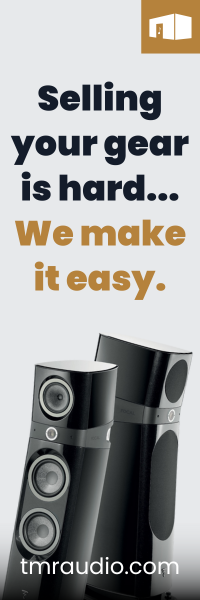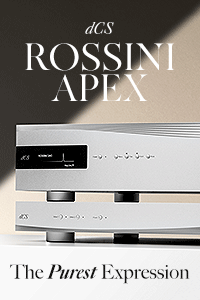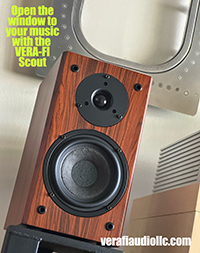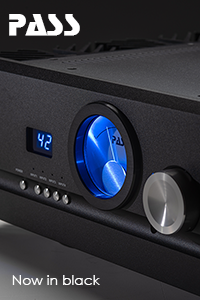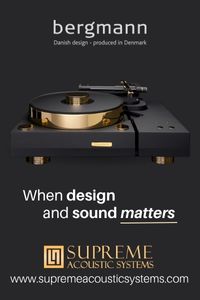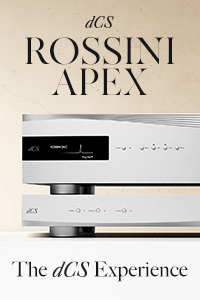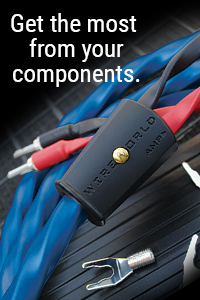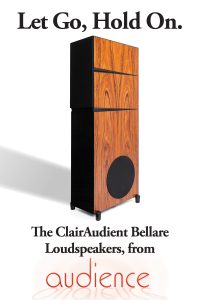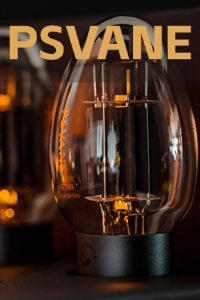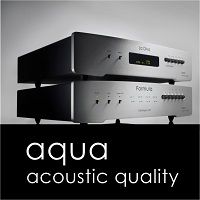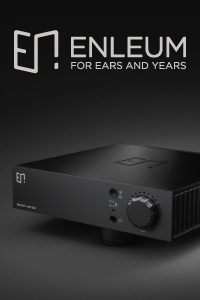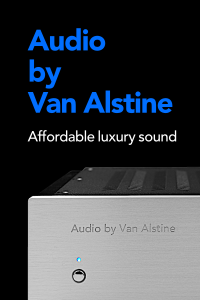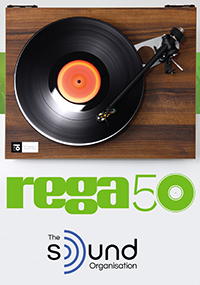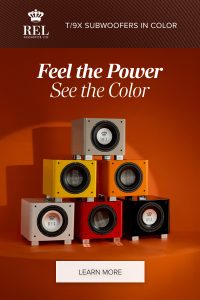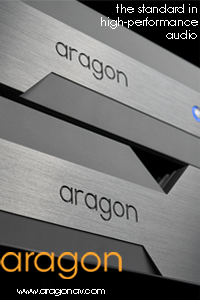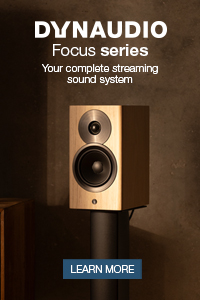PLEASE DOWNLOAD HERE: https://www.tonepublications.com/MAGPDF/TA_120.pdf
Issue 124
Cover Story:
Speakers – Mostly
Old School: Quad vs. Quad – by Ken Kessler
Audiophile Apartment: The Dynaudio Focus 50 – by Todd Cooperider
Journeyman Audiophile: The AVA C1A Control Amplifier – by Darin Kong
Review: The Wharfedale Dovedale Speakers
Review: The Castle Windsor Duke Speakers
Review: The Volti Audio Razz Speakers
Review: The Albeda Audio Adagia Speakers
1095: The Vera-Fi Ranger Speakers
Long Term: The REL T/9xSE subwoofers
Cover Review:
The Dali Epikore 11 Speaker system
MINE – It Should Be Yours:
Last minute holiday shopping
Music
Playlists: We share our readers choices from around the world
Future Tense
Gear in our immediate future
UMe Launches Vinylphyle series of LPs
Why is this so cool? Because none other than Joe Nino-Hernes has mastered the first four titles. That’s why. If you aren’t familiar, Joe is the newest mastering engineer that’s been the rising star of analog for some time now.
So we’re just gonna give you the whole press release. Coming November 14. I’ve got my order in!
| NEW REISSUE SERIES DEBUTS WITH THE VELVET UNDERGROUND & NICO (1967), BOB MARLEY’S EXODUS(1977), THE BAND’S NORTHERN LIGHTS–SOUTHERN CROSS(1975), AND NAT KING COLE’S THE CHRISTMAS SONG (1962) ALL RECORDS FEATURE ALL-ANALOG MASTERING FROM ORIGINAL SOURCES BY TOP ENGINEERS, TIP-ON GATEFOLD PACKAGING WITH NEW LINER NOTES AND ARE PRESSED AT RTI ON 180-GRAM BLACK VINYL VINYLPHYLE LAUNCHES NOVEMBER 14 |
| Los Angeles – November 3, 2025 – UMe, the centralized global catalog division of Universal Music Group, is proud to announce the launch of Vinylphyle, a new audiophile vinyl reissue series dedicated to presenting essential albums across multiple genres with uncompromising sound quality and packaging. Billed as “A premium vinyl experience for people who love vinyl,” the series will debut on November 14 with four landmark titles: The Velvet Underground & Nico (1967), Bob Marley & The Wailers’ Exodus (1977), The Band’s Northern Lights–Southern Cross (1975), celebrating its 50th anniversary, and Nat King Cole’s The Christmas Song (1962). All albums will be available exclusively at uDiscover Music and via the artist’s official online stores where applicable. Following the launch, Vinylphyle will continue with two releases per month, spanning genres and eras to build a library of must-own records. Pre-order Vinylphyle titles now: https://UMe.lnk.to/vinylphylePR Each Vinylphyle release will feature all analog mastering from original sources by an elite group of today’s top vinyl cutting engineers. The LPs will be pressed at the world-class Southern California-based audiophile vinyl record pressing plant Record Technology, Inc. better known amongst vinyl lovers as RTI, on 180-gram black vinyl. Similar in presentation and execution to Blue Note’s acclaimed Tone Poet series, the production and packaging seek to honor the stature of these recordings and will include tip-on wrapped gatefold jackets in satin matte finish, printed on clay-coated board, with archival poly sleeves and a four-panel insert featuring new liner notes by notable music journalists, personalities and fans. Backed by RTI’s craftsmanship, these releases are produced at the highest levels and include extensive quality controls at every step of the process, from mastering to plating to pressing and printing, ensuring a superb final product. Joe Nino-Hernes of Sterling Sound has mastered the first four titles from the original analog master tapes and each album boasts new liner notes by an assortment of contributors: “the internet’s biggest music nerd” Anthony Fantano of “The Needle Drop” for The Velvet Underground & Nico, filmmaker, DJ, musician and cultural commentator Don Letts aka The Rebel Dread for Exodus, author and veteran music scribe Rick Florino for Northern Lights – Southern Cross and actor and award-winning writer James Ritz for The Christmas Song. “We are excited to launch our Vinylphyle series to provide best-in-class, audiophile quality pressings of some of the most legendary and timeless records,” said Bruce Resnikoff, President & CEO of UMe. “This series is built on uncompromising quality and all albums have all been meticulously mastered by renowned mastering engineers from analog and packaged with the utmost care and attention to detail. This new series allows both longtime record enthusiasts to hear some of their favorite albums sounding better than ever and for those just discovering vinyl to experience the warmth and richness that only vinyl can deliver and to become Vinylphyles.” Together, these inaugural selections span the underground, the political, the pastoral, and the timeless. The Velvet Underground & Nico captures New York art rock at its most provocative, a record that reshaped the boundaries of popular music. Bob Marley’s Exodus stands as reggae’s global breakthrough, marrying militant resistance with songs of joy and uplift. Northern Lights – Southern Crossreflects the maturity of roots rock in the mid-1970s, blending mythic storytelling with lived experience. The Christmas Song presents Nat King Cole’s definitive voice in holiday music, a recording that continues to return each season as if untouched by time. |
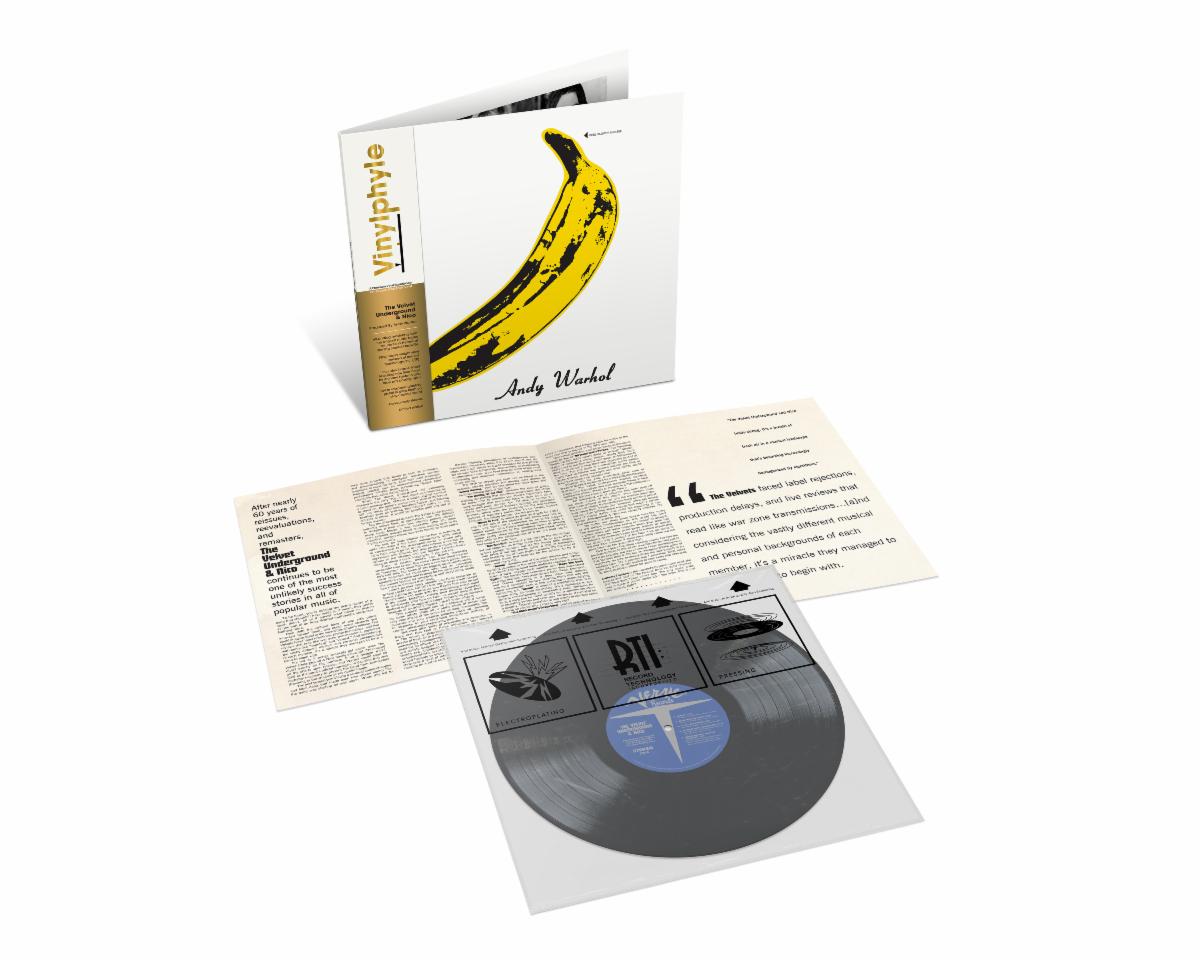 |
Record of the Day – 015: The Bad Plus
Nearly everything The Bad Plus does is pretty trippy and off the map. And I say that in a really good way.
This double LP set of classic covers on For All I Care might just trigger your inner art school kid. Or you might run away screaming. One thing’s for sure… You won’t hear anything from this record at a hifi show anytime soon. (But I dare you to suggest it when the guy in the room says “Who wants to hear some female vocals?”
Bam.
But seriously, the recording quality is big, dynamic and breathy – thanks to guest vocalist Wendy Lewis. Taking on Yes, Nirvana, and Heart to name just a few, this record will engage. And Lewis’ cover of the Bee Gees’ classic “How Deep is Your Love?” is worth the entire price of this two-record set.
Leave a comment out on our Facebook page and let us know what you think!
Record of the Day is brought to you by Bergmann Audio, and Supreme Acoustic Systems.
The table featured here is the Modi, with their Thor linear tracking arm.
Cartridge is a modified LYRA Helikon SL, modified by Ana Mighty Sound
Phono Pre is the award winning XP-17 from Pass Labs
Cables by Cardas Audio
All on top of the Pagode Master Reference MKII, courtesy of MoFi Distribution
Record of the Day – 014: Alanis Morissette
Do you remember when the video for “Ironic” broke on MTV?
With that clip, no one knew (then) that Morissette’s third record was headed for five Grammy’s and 17x Platinum status, but it was stunning then, as it is now.
30 years later, this record is still a masterpiece, combining sublime musicianship and 90s angst, and a fantastic recording all in one. And becoming a soundtrack of many women’s lives from that time. A recent performance on “Everybody’s Live with John Mulaney” https://www.youtube.com/watch?v=bs2Jfe2PtaE shows her in top form, voice stronger than ever. And everyone in the audience knows the words to “Ironic.”
There are a number of different anniversary editions of this record, some with a lot of bonus tracks, but the MoFi, dual-45rpm version unlocks the power behind this iconic record better than any other. The SACD version is equally impressive, should digital discs be your physical format of choice.
FYI: Chris and I will be doing a cursory sonic comparison between both versions very soon!
Leave a comment out on our Facebook page and let us know what you think!
Record of the Day is brought to you by Bergmann Audio, and Supreme Acoustic Systems.
The table featured here is the Modi, with their Thor linear tracking arm.
Cartridge is a modified LYRA Helikon SL, modified by Ana Mighty Sound
Phono Pre is the award winning XP-17 from Pass Labs
Cables by Cardas Audio
All on top of the Pagode Master Reference MKII, courtesy of MoFi Distribution
Record of the Day – O13: Iron Butterfly
Im still in that 60s groove…
Somehow Moby Grape and Steppenwolf always make me dig out In-A-Gadda-Da-Vida
Yeah, I know the new kids don’t care for this, but it’s my party and I’ll play 60s music if I want to.
When I bought my original copy of this, I mostly just listened to the title track, sometimes really loud just to annoy my parents. Ha. But over the years, the rest of the album (and for that matter the rest of the IB catalog) has grown on me. I truly like this record. So you can guess who was pretty happy when this came out on MoFi as a vinyl remaster. They did produce it as a Gold CD years ago, and it is also available on SACD from MoFi.
Mastered by Krieg Wunderlich, this rocks much better than the original, albeit slightly worn original ATCO pressing in my collection. If you need to make this journey and can grab a MoFi copy, you will not regret it!
Leave a comment out on our Facebook page and let us know what you think!
Record of the Day is brought to you by Bergmann Audio, and Supreme Acoustic Systems.
The table featured here is the Modi, with their Thor linear tracking arm.
Cartridge is a modified LYRA Helikon SL, modified by Ana Mighty Sound
Phono Pre is the award winning XP-17 from Pass Labs
Cables by Cardas Audio
All on top of the Pagode Master Reference MKII, courtesy of MoFi Distribution
Record of the Day-012: Sally’s Dream
Sally’s Dream is the all-female punk band I wish I’d known about when I was hanging out at punk clubs in Milwaukee, Wisconsin in the 80s. I wish I would have seen them.
Unfortunately, it took till now to finally get the record out, but it’s just as awesome today as it was then.
Ironically, this foursome was made up of Cynthia Hammond (Bass, keyboards, guitar and vocals) Jenny Davis (Keyboards, bass, guitar, and vocals) Emily Jackson on drums, and Chrissie Dickinson on guitar and vocals.
If the name of the last band member sounds familiar – Chrissie Dickinson had written for the Chicago Tribune (as well as a number of other music outlets) for years, and was a member of the TONE staff for a few years, covering country and Americana. All the times we talked, she never mentioned the project.
Even more ironically, after a couple year hiatus, Chrissie and I had a lovely conversation one afternoon about her coming back to TONE. I made the joke that Tap’s “Sex Farm” was big in Japan and we needed to get the band back together again. She laughed and said she’d be more than interested. Two weeks later on May 19, 2022, the news of her sudden death was the first thing I saw on Facebook that morning. Later in the afternoon, I found out another friend passed the same day. Yikes.
But Chrissie’s good friend Cynthia Hammond kept the dream of this album alive with the rest of the bandmates and after all these years, have finally released it on Bandcamp as a CD or download.
The music stands up. It’s fast, thrashy, a bit irreverent and in your face – as a good punk record should be. Man, I wish I could have seen them back in the day. Photo courtesy of the band…
https://sallysdreamtheband.bandcamp.com/album/breaking-through
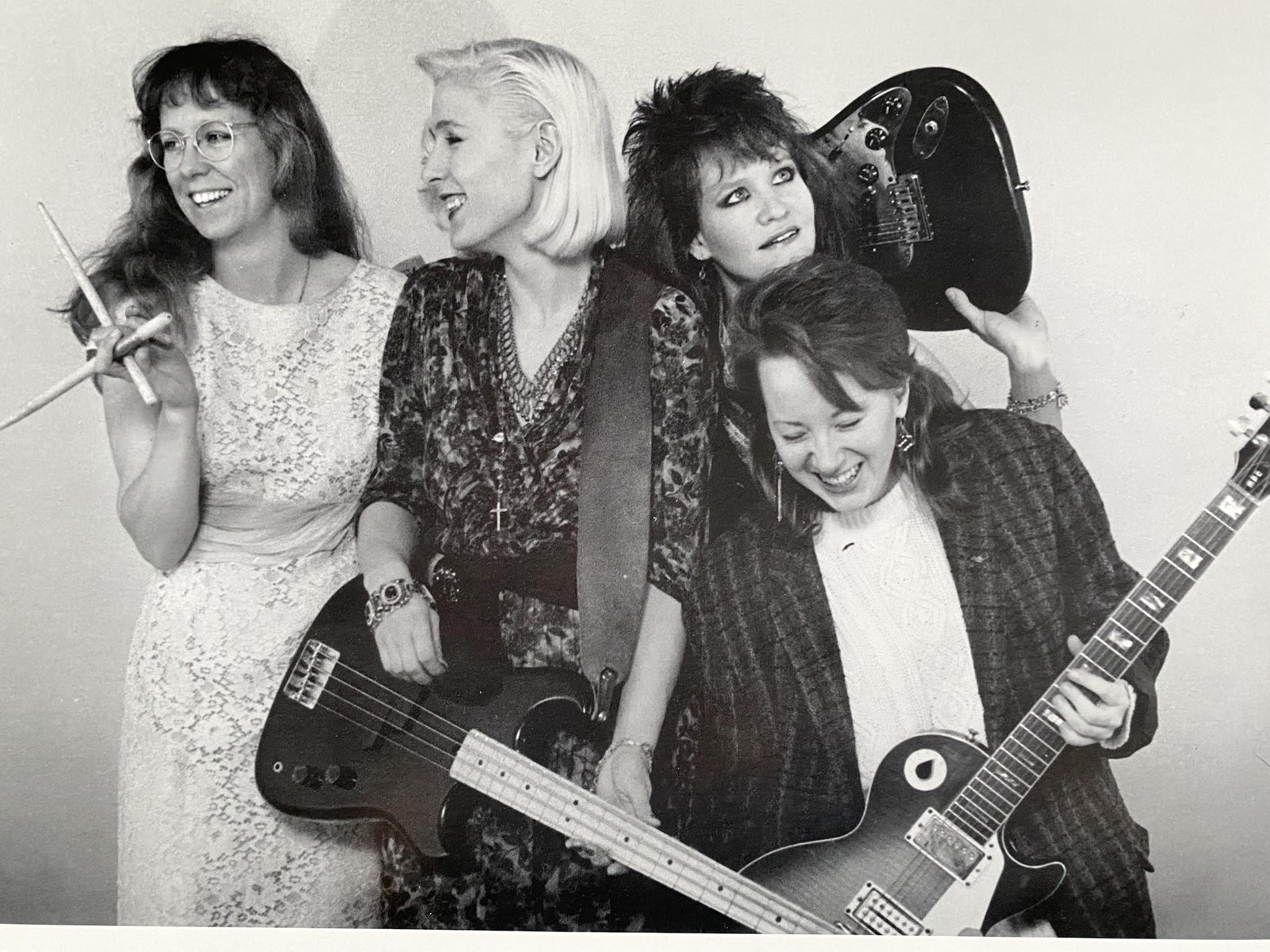
One of the world’s finest speakers!!
#askmehowiknow
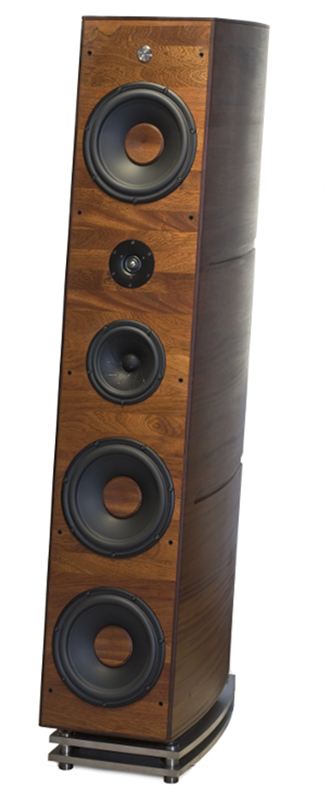
TMR actually has a pair of my old speakers for sale. Not in “I had a pair of these,” but “these were actually my speakers.”
Back in 2010 these were $149,000 a pair. Only ten pair were made.
I’ll make this short and sweet. NOTHING out there for twice the price even comes close to the musicality that these speakers offer. Do not mistake this for the later Zodiac – which looks the same and while very good, does not offer the level of fidelity that the S9 does.
With three 13″ woofers and the midrange/tweeter from the S7, this is one speaker that doesn’t absolutely need a six pack of RELs to be awesome, yet it delivers imaging like a mini-monitor. If you have the room and the amplification they will put the music in your room like few others. I’m expressing a personal bias, but I would take the S9 over anything from the majors at $850k a pair – and I’ve heard all three.
This is one of the world’s finest speakers at any price and you can have em for under $20k. Whoever does get these will get a prize.
Record of the Day – O11: Moby Grape
Time to head back to the 60s…
What a better way than some major psychedelic rock from Moby Grape? Their Wow/Grape Jam record was a two record set, released April 3, 1968. I was too young for this one on the first go, but in the early 70s when I started hanging out with a lot of the older dudes in high school that were really into Moby Grape, Iron Butterfly and Zappa, it made a big impression.
Yeah, it’s a little rambling, but that was the jam back then. Much as I love Moby Grape, I’d suggest streaming this one on your favorite streaming service to vet it first – if you aren’t familiar.
Leave a comment out on our Facebook page and let us know what you think!
Record of the Day is brought to you by Bergmann Audio, and Supreme Acoustic Systems.
The table featured here is the Modi, with their Thor linear tracking arm.
Cartridge is a modified LYRA Helikon SL, modified by Ana Mighty Sound
Phono Pre is the award winning XP-17 from Pass Labs
Cables by Cardas Audio
All on top of the Pagode Master Reference MKII, courtesy of MoFi Distribution
Another Fashion Breakthrough From McIntosh
To those of you who knew who Virgil Abloh (the Creative Director at fashion house Louis Vuitton) was, he had a major effect on fashion, style, and the cross pollination of artistic disciplines. In that sense, he was a force to be reckoned with. Unfortunately, he succumbed to cancer at the way too early age of 41, back in 2021.
McIntosh just announced their one of one collab honoring his personal style, an MA8950 integrated amplifier painted orange to honor Abloh, who used McIntosh gear in many of his fashion shows and creative studio.
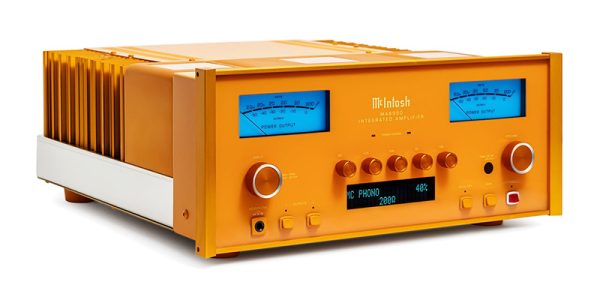
In typical McIntosh fashion, this isn’t just an off the shelf amplifier painted orange (because that’s what it is) and according to them “They are the only amplifier brand that could make a bold orange amplifier feel intentional, not accidental.”
I don’t know what they are smoking at McIntosh, but Dartzeel, Vitus, and Sugden have all been making some pretty cool orange amplifiers for some time now. Not to mention the incredibly cool cats at Metaxas and Sins. Now that’s some disruptive shit.
Don’t forget, KEF and Focal have also made orange speakers (super awesome, owned em both) and REL makes a gorgeous line of subwoofers in bright orange (yellow, green, and blue as well) too. Come on.
Of course it’s a one of one, and of course, you can’t have it. So much for all that blending of art and culture and inviting you to be part of it. Just like the McIntosh town house used to be. Cool kids club and you can’t be part of it.
I miss the old Mac. But hey maybe it’s time for a collab of my own. I submit the MC Jeff D McIntosh amp. hahahah. Who’s with me?
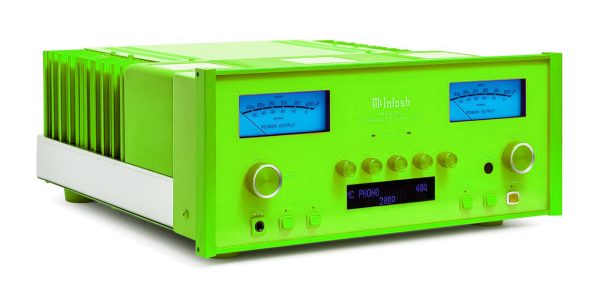
Why I Play Music for Empty Rooms
Jeff once asked me why I leave music playing in a room when I’m not even there. My answer goes back to something I read years ago that stuck with me.
In the 1970s, Christopher Bird and Peter Tompkins published The Secret Life of Plants. The book described studies suggesting that plants respond to music. Even earlier, in 1962, Dr. T.C. Singh found that balsam plants exposed to classical music grew 20% faster and had a 72% increase in biomass. Later, Dorothy Retallack discovered that plants thrived on jazz and classical but wilted when exposed to rock.
Are plants really “music savvy”? Probably not in the way we think. More likely, they respond to vibrations that influence growth—especially when paired with sunlight streaming through a south-facing window.
That got me wondering: if plants react to music, how does classical music affect people? For us, it can calm the body, sharpen the mind, and help regulate emotions. The exact effect depends on the tempo, harmony, and our own personal taste.
When stress builds and the world feels overwhelming, I’ve found that Mozart or Vivaldi brings me back to center. Rock, on the other hand, amplifies emotions—it can fire you up, fuel your anger, or give you the motivation to push forward.
Both have their place. Rock energizes. Classical soothes. And maybe that’s the real reason I let classical music play in an empty room—it’s not just good for plants, it’s good for me too.
-Pamela Dorgay

$149 a pair? CRAZY
The Vera-Fi Ranger speakers have really taken me on a trip down memory lane today. Many audio reviewers and enthusiasts with high-end systems sometimes forget where it all began. For me, it was a used pair of AR-7s for $50. My buddy Todd across the street purchased them new at J&R Music World (remember the ads in the back of Audio magazine?) for $79. Crazy.

Back in my University of Wisconsin days, the radio was peppered with ads for “Crazy TV Lenny” from American TV of Madison. He was audio’s screamy guy of the time, offering a pair of speakers for $199, with free speaker wire and a ten-speed bike!
This became such a big tradition in Wisconsin audio retailing that when Mrs. Crazy TV Lenny filed for divorce (and it was listed in the local paper), on top of the house, tons of money, and a red Mercedes 560SL, she received a ten-speed bike. You gotta love that. Ironically, I saw the airplane that she was on crash at Milwaukee’s airport. I was across the street at Holiday Inn, photographing an event for Miller Brewing Company. Weird.
In 2025, Vera-Fi has these damn cool little speakers selling for $149 a pair. No bike, but hey.
Now you might be thinking, “How can they possibly make a pair of speakers for $149?”
You might think Mark Schifter is crazy.
If you think about it, though, a new pair of Bowers & Wilkins 707 S2s costs $599. Just like the Vera-Fi speakers, they are made in China. Yet by the time B&W (and no disrespect here) sends them here, an importer takes their percentage, and the dealer gets their 50% cut. These prestigious speakers probably cost less to build than the Rangers. My neighbors have actually just bought a pair of 707s, and they aren’t even close to the Rangers in terms of the level of musical realism they deliver for $149. I’m debating whether to tell them to send the B&Ws back to Amazon and grab a pair of these instead.
Starting with my usual Aimee Mann test LP – Lost in Space, I’m immediately involved and intrigued. What these little speakers do so well, that so many inexpensive speakers can’t, is get the midrange right. Often, manufacturers goose the bass to make budget speakers more exciting. Kudos to the Vera-fi team for playing it straight up.
Moving on to a bit of Crosby, Stills, and Nash, with a dose of Grover Washington Jr.’s Mister Magic, I’m right back in the bedroom of my parents’ house in Wisconsin. I’m digging it.
These little cabinets are about 8″ wide, 11″ tall, and 9″ deep. Inside the gorgeous cabinet is a 5.25-inch woofer and a 1-inch silk dome tweeter. The crossover is set at 2,500Hz, and these 8-ohm speakers have a claimed sensitivity of 84 dB/1 watt. Kinda like your favorite pair of LS3/5a’s, right?
Schifter says, “These are friendly in look, sound, and feel.” I can’t agree more.
No, you can’t play your favorite electronica tracks on these and get floor-rattling bass, nor can you play Slayer at concert level. That’s not what these are about. The Rangers provide you with enough insight into the music that, if you’re a new audio enthusiast and music lover, they will get you hooked and encourage you to take your journey further, yet are a great place to park until you can.
Staying close to the budget system groove, I set these up in our 11 x 12 foot back bedroom with an $89 Sony SACD player (new at Amazon before the tariffs) and an old Pioneer SX-434 that I bought at a garage sale for $100. Things have gone up since we used to produce the Slummin’ column in the early years of TONE.
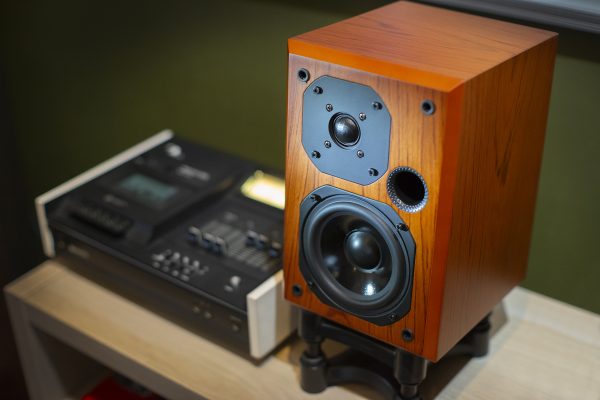
Rounding out the system with some of Vera-Fi’s Ranger cables and a used REL T3 subwoofer (which I picked up during Echo Audio’s closeout sale last summer for $75) brought my total system price to about $500. Good times.
For those curious about Vera-Fi’s $199 10-inch Caldera 10, I gave that a try and for my taste, the Rangers don’t quite go down far enough to blend seamlessly. The Scouts do, but these just don’t quite reach – that’s why I went to the used REL with an 8-inch driver this time around. Don’t be surprised if you see a smaller sub from Vera-Fi sooner than later, but you didn’t hear that from me!
Setup is simple, whether you are in a room or at your desk. Thanks to that great midrange, if you happen to be editing video on your desktop, the Rangers do a great job if you want top sound on a tight budget. Along with the sub, they were fantastic for watching F1 qualifying too.
Zooming in on 20 of our standard demo tracks reveals a high level of musicality at work. Much like my AR-7s or even the Spica TC-50s that I would cherish a decade later, the clean, natural midrange and smooth high end help you forget that there isn’t a lot of throbbing bass going on.
In the 11 x 12 room, placing the speakers soundly on a set of 22-inch stands, about 18″ out from the room’s corners, takes advantage of a bit of room gain, at the loss of some imaging specificity. Moving them in the near field, three feet out from the rear and side walls, creates a more immersive sound, if that option is available. This is a perfect setup to add a small sub to.
It was incredibly easy to forget I was listening to $500 worth of gear. In addition to a natural midrange, the highs are slightly rolled off. Still, they extend out smoothly and integrate well with the woofer, making the whole thing work seamlessly. Well.
You should only need about 20- or 30-watts worth of power to get excellent results. I would have matched these up with a used Dynaco Stereo 70 and PAS 3 if I weren’t going the Japanese receiver route. Using my PrimaLuna EVO100 integrated amplifier gave me a pretty good idea of what that might sound like.
A few more amp/pre/integrated variations were tried, with excellent results, but they were all in the $2k-$3k range – again showing off how much these little speakers can deliver. Used within the envelope of what they are capable of, I hope you’ll be as excited as I am about the Rangers.
Much as I love the $299 Scouts, the value offered by these little Rangers is off the chart. For everyone you see with giant speakers and amplifiers (myself included), this is where we all started. This is a great place to start if you’re new to this, and as Crazy TV Lenny used to say, “Trust me, you’ll love them.”
SACD of the Week 03 – U.K.
Bet you didn’t know I was a total closet prog-head. It started with Yes, and Emerson, Lake & Palmer many years ago. Guilty as charged.
If you loved the auspicious debut (arguably their best and most pure effort) of this prog powerhouse consisting of John Wetton, Bill Bruford, Eddie Jobson, and Alan Holdsworth, try and find this disc. Those in the know will remember the FM radio nugget “Dead of Night,” and perhaps you even saw them perform this record back in the late 70s.
This example was produced a few years ago on SHM-SACD and the sound quality is epic, now doing full justice to Wetton’s killer bass lines.
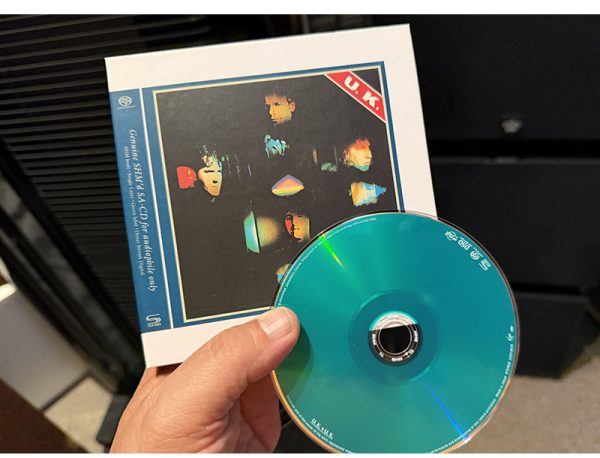
This column is sponsored by dCS, who’s Vivaldi ONE DAC/Streamer/Disc Player is my reference, and Mobile Fidelity Sound Labs, producer of exceptional audiophile vinyl and SACD releases.
Our reference system to evaluate discs features:
XS PRE, and XS 300 monoblocks from Pass Labs
The Auditorium Plus speakers from Clarisys Speakers
A Six Pack/Line array of Carbon Special Black Label subwoofer from REL Subwoofers
Cabling from Cardas Audio
and racks from Quadraspire Racks
SACD of the Week-02: Hejira!
Im still on a Joni Mitchell kick, but now that MoFi’s SACD pressing plant is back open after summer maintenance, it’s just the way things are shaking out.
This album, harkening from 1975 and 76, is a continuation of the more dense, jazzy groove that Mitchell started with Hissing of Summer Lawns. Most of this material was written during her breakup with drummer John Guerin, and according to her “very difficult to write.” The songs are personal, the playing incredible, and it really shows off the fretless bass skills of the late Jaco Pastorius.
Definitely not a casual listening hour album. One for a quiet, and blustery day. But highly rewarding and brilliantly captured by the MoFi crew here.
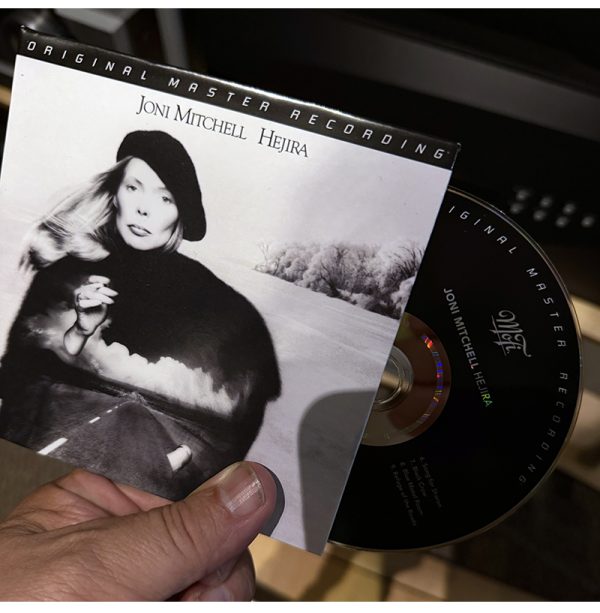
And best of all to this cheesehead, the photos were shot on Lake Mendota in Madison, Wisconsin by the legendary rock photographer Joel Bernstein – though the portrait superimposed on the cover is from Norman Seeff. (notice the stylistic similarities with Van Halen’s Women and Children First?)
This column is sponsored by dCS, who’s Vivaldi ONE DAC/Streamer/Disc Player is my reference, and Mobile Fidelity Sound Labs, producer of exceptional audiophile vinyl and SACD releases.
New Hana Premium Cartridge!
New Flagship MC cartridge from Hana / Excel Sound
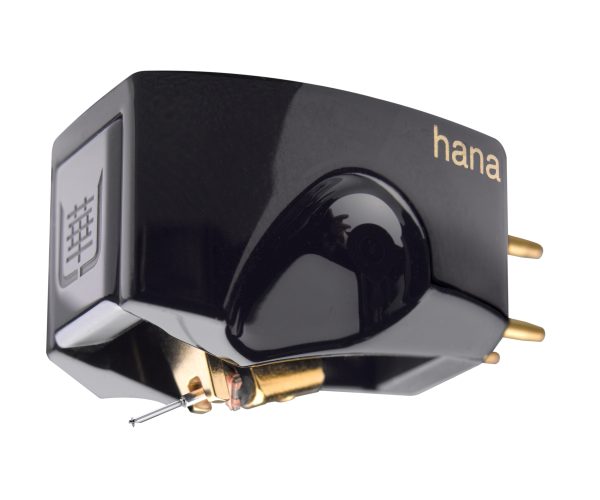
Introducing the Umami Black MC cartridge $11,500
The HANA-Umami Black continues the brand’s legacy of “Brilliant and Gorgeous” sound. Master cartridge designer Masao Okada-san of Excel Sound celebrates over 5 decades of innovation and excellence with his new masterpiece, featuring a diamond cantilever and new “OKD” High-Efficiency Moving Coil Generator. The Umami Black is much more than just an Umami Red with a diamond cantilever.
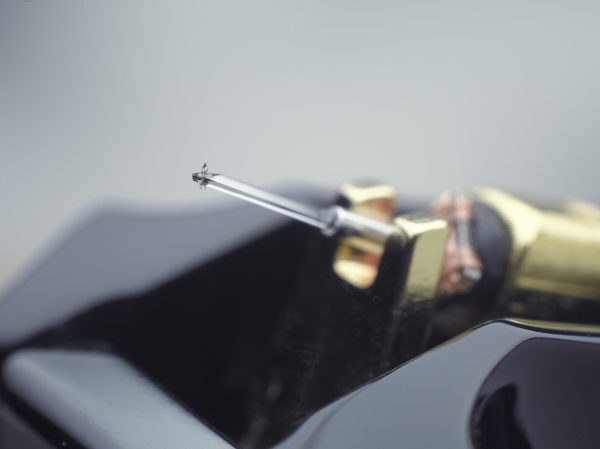
Unique Umami Black Features
Diamond Cantilever
In a category first for HANA, the Umami Black incorporates a diamond cantilever, the hardest possible material, ideal for signal transfer.
High-Efficiency “OKD” Moving Coil Generator
Another category first, the Umami Black uses the newly developed “OKD” with the world’s first “Integrated Pole Piece and Rear Yoke” and Inverted U-shaped Front Yoke, optimizing energy transfer from the diamond cantilever.
Inverted U Front Yoke
The U-shaped (bifurcated) inverted front yoke is engineered for both mechanical resonance control and magnetic field alignment, while also providing precise support for the diamond cantilever.
High-Power Rare Earth Magnet
Unique to the Umami Black, the rare earth neodymium-iron-boron (NdFeB) magnet is used for the high-efficiency generator, delivering superior energy conversion.
Hybrid Carbon Armature
A 2mm square hybrid Carbon permalloy armature, comprising 78% carbon-infused nickel-iron, is precisely hand-wound with 30-micron, 4N high-purity copper wire on Excel’s proprietary machinery. This ultra-light moving coil has an output of 0.3mV and a 5 ohm impedance.
Special Urushi Enameled Finish
The HANA-Umami Black features an exquisite Urushi lacquer finish, applied through a specialized thermosetting process, bonding to the aluminum body via vapor deposition.
Call the folks at musicalsurroundings.com for more info, and these beauties will be available for purchase after September 22.
SACD of the Week-01: RUN-DMC!
Sponsored by dCS and Mobile Fidelity Sound Labs
As our “album of the day” column continues to get traction, we’ve decided to commit to an SACD at least once a week as well. Our friends at MoFi and dCS agree, so here we are. I honestly love the SACD format, (just like CD) because you can play both sides at one sitting. Sometimes it’s not convenient to get up and flip the record.
And no one is more committed to the SACD format than Mobile Fidelity Sound Labs.
It’s not tricky at all to enjoy one of hip-hop’s landmark albums in high-resolution digital style. Just grab a copy of Mobile Fidelity’s Raising Hell on SACD. If you can. Originally limited to 2000 copies, this one quickly sold out, as did Kings of Rock.
However, you can still get the first RUN-DMC album on SACD right here:
https://www.musicdirect.com/music/optical-disc/run-dmc-run-dmc-numbered-hybrid-sacd/
So act now, or pay later (on the secondary market, hahahah)
Please click here to visit the dCS website…
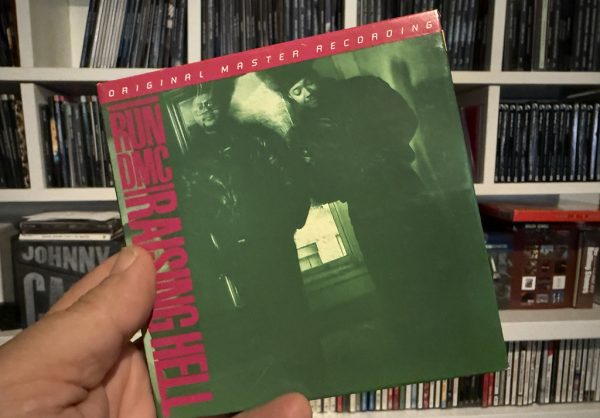
Record of the Day – 010: DEVO!
I didn’t need to watch the Netflix documentary on DEVO to shake the dust off my DEVO albums. I never stopped playing them.
However, that first record was pretty amazing, even in a day where punk was king, and new wave was a close second – DEVO was unique. It was a classic day in the record store that I worked, with the satin-jacketed guy from WB stopping in with the promo and concert tickets! Sometimes it pays off to work the night shift.
By this time, I’d seen them on Saturday Night Live and bought the first record, the one you see here – the tix were for the Duty Now For the Future album, at the Uptown Theater in Milwaukee, Wisconsin in the summer of ’79
But this record, produced by Brian Eno is so catchy, it sounds completely fresh today, full of animalistic drumming, buzz saw guitars and out of this world synthesizer bits. Of course, the anthem that made DEVO famous is here in all it’s glory, but this record is 34 and a half minutes of fun.
For those of you that are interested, our own Jaan Uhelszki did an incredible interview with Mark Mothersbaugh back in issue 26, that we’ve put back on the site here:
https://www.tonepublications.com/music/looking-back-on-devo/
Leave a comment out on our Facebook page and let us know what you think!
Record of the Day is brought to you by Bergmann Audio, and Supreme Acoustic Systems.
The table featured here is the Modi, with their Thor linear tracking arm.
Cartridge is a modified LYRA Helikon SL, modified by Ana Mighty Sound
Phono Pre is the award winning XP-17 from Pass Labs
Cables by Cardas Audio
All on top of the Pagode Master Reference MKII, courtesy of MoFi Distribution
Looking back on DEVO…
This article, originally titled, “Almost everything you want to know about Mark Mothersbaugh,” is written by Jaan Uhelszki, and was originally published in issue #26 of TONE, back in 2009. Considering the popularity of the recent DEVO documentary on Netflix, we felt it might be fun to look this one over again.
Mark Mothersbaugh would be loathe to be called a Renaissance man, but that’s what he is. Rather a savant for most of his years, he got the name and idea for his revolutionary science-cum-art rock band from a Jehovah’s Witnesses pamphlet, and nabbed the phrase, “Are we not men? We are Devo,” from a 1932 Charles Laughton movie called Island of Lost Souls. An odd title for a man who has a preponderance of soul, even if he is from Akron, Ohio.
In addition to being the bespectacled, robotic lead singer of Devo, the 59 year-old Mothersbaugh is a well respected film composer, with over 100 credits. He wrote the music for Pee-wee’s Playhouse in 1986 –and even got to sit on Chairy. He’s an accomplished artist in the “low brow school of art,” mainly because he incorporates flourescent pigments in the base of his paints so they glow when you least expect it — much like the occasional subliminal messages he inserts into the commercials he creates, signifying only one thing: With Mark Mothersbaugh, what you see is not what you get. But what you get is a lot.
With Devo back on tour and a new album in the works, our favorite spud boy is as busy as ever.
TONE: What’s the greatest misconception about you?
MM: Oh, good grief. The greatest misconception is that “Whip It” was the best thing I ever did.
That’s the song with the gift that keeps on giving, you know?
Yeah, all the way to being the theme song for the Swiffer Wet Jet commercial!
You did that commercial? Now, that’s de-evolution. I have to tell you it’s probably the worst product ever made for man.
It is. I got this little tiny old, inexpensive house out in Palm Springs, fixed it up really nice so it had a nice epoxy floor. And oh, there’s a little spot over there. I got the Swifter out. I’ll try it. It ate the epoxy right off the floor. Whatever it is, I don’t know, but I think it came from outer space. I don’t know if we’re even allowed to dispose of it in your trash.
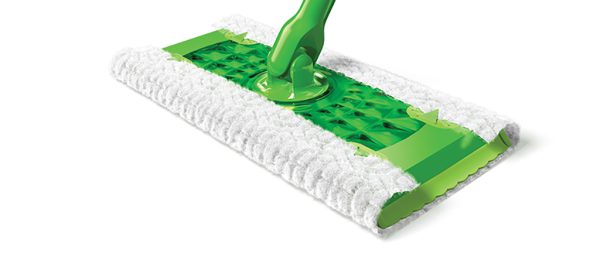
You should retaliate and put subliminal messages in those commercials.
I love to put subliminal messages into commercials. It’s easy to do. We used to be into it more than we are now because nobody cared. I kept putting these messages in and nobody ever stopped or called me or got freaked out and said, “Take that out immediately!” People just acted like they didn’t hear it.
How did you feel when Target used “Beautiful World” to sell soap?
Well, we really liked the idea. The only thing is the ironic humor was lost on them. People that really know the song, and know “It’s a beautiful world for you / But not for me,” would appreciate it even if those words weren’t used in the actual commercial.
Tell me about the importance of being from Ohio.
Ohio had everything to do with my band and myself, the people in my band and myself, our vision of the world and the particular viewpoint that we have, and have had since we were angry young men. And now we’re grumpy old whatevers.
My mom always tells me that men get meaner as they age.
I don’t think men get meaner. I think what happens, as they get older and then as lust fades away, they become more like women.
Are you the oldest kid or the youngest?
I’m the oldest kid.
Did you fit in in school?
I was kind of a loner and I fought with the teachers and I fought with the other kids. I got my ass kicked by everybody when I was in school, so when I left, when I went to Kent State. I liked it because I was anonymous. At 3:30 the bell would ring and all the kids in my class, they’d all perk up … And then they’d head off for their fraternities and their sororities and their beer houses and all the things they did, and I just stayed right there and I used all the facilities in the art department and just kept doing art all night. Did it till one or two in the morning and then get up and go to my classes and just wait for everybody to leave again.
I remember in an interview in the ‘80s you said that you’re a picky eater, so was a big deal when David Bowie asked you out for sushi? Did you eat the raw fish?
I did. When David Bowie asks you to eat raw fish, you say “Yes.”
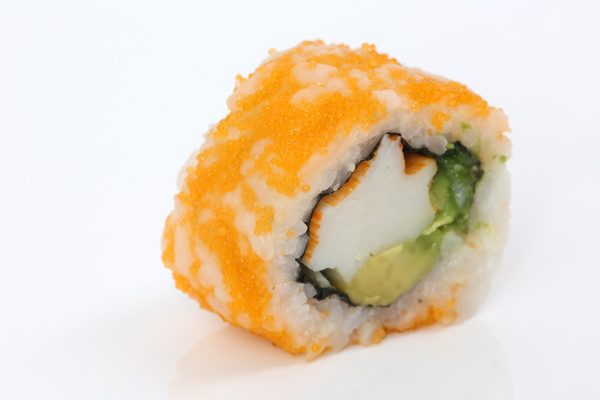
So David Bowie cured you of being a picky eater.
Yeah I pretty much got over my picky eating because of David Bowie. That, and seeing the world. But my eating habits were partly economic. I used to think food was like something to take your money away so you couldn’t afford to buy a roll of recording tape that week and record a song.
During Devo’s heyday, when everyone from Mick Jagger to Jack Nicholson to Eno were asking to be your guest list and saying that you were such a revolutionary band, did you think you deserved all that high profile attention? And were you nervous when people would come backstage?
I don’t know, I was kind of nerdy. I was the guy that was happiest sitting at, before there were computers, sitting at whatever instruments I had and making music or making visual art – that’s what made me happy. In a way, I wish I would have been more interested in meeting people and hanging out with the people that wanted to collaborate with us and stuff. And I did some collaborations. We worked with Eno and Bowie, of course. And I played on a Rolling Stones song, and I wrote some music for Hugh Cornwell and the Stranglers, and did some sessions but not all the stuff that we could have done or that we were offered to do, so it’s like in retrospect I kind of wish we would have been a little less insular as a band.
Yeah, but maybe that would have changed like your vision, too.
That’s what we thought: We don’t want to be a rock and roll band. We didn’t think of ourselves that way.
Yeah, Devo was more like an art statement.
That’s how we felt about it.
I always think that we’re all the same. It doesn’t really matter if Mick Jagger wants to collaborate with you unless you have had a meeting of the minds, you know? But I could see where there was some kind of intersection between Devo and Eno.
Yeah. That was during the Roxy Music days.
Eno always seemed like a space alien to me. Did he ever come off his pedestal? I mean, did you guys communicate well?
It was funny, Eno was one of the few people I had kind of like some sort of a reverential feeling for and I kind of lost it. I still think he’s a great guy, but … it’s really hard to pinpoint incidents, but you know, after we finished, I never thought of him in the same way. But having said that, I always thank him because he paid for the first Devo record for us, because we didn’t even have a record deal.
I read that Iggy was also instrumental in getting you signed?
Iggy, David, and Brian Eno all took an interest and actually were all proactive in helping us.
Now you spend most of your time scoring films and creating music for commercials. Did you feel like getting into the film music business was serendipity? Is it something you went after or did it just kind of fall into your lap?
Well, I always liked film music, but I didn’t go to school to be a composer. I went to school and didn’t know what the hell I was doing there, and then became obsessed with printmaking and then met Jerry [Casale], who I started the band with. Then everything just started falling forward.
I know you named your band for de-evolution, but don’t you feel like everything’s been like an evolutionary progression, like it’s built on each other? Or has it just been like a lot of random accidents?
I think there’s an intelligent design at work here. What’s all this bullshit about evolution and intelligent design? It’s de-evolution! Nobody knows, they’re just like ignoring the facts. Pay attention to what’s going on!

Was there a watershed moment when you really thought you got to a nadir of de-evolution, that you were prescient in your ethos?
To me it was MTV. MTV was exactly what we were predicting. Sound and vision. We were reading Popular Science. We knew about laser discs, and said, Oh, my God, it’s exactly the same size as an album but it has pictures to go with the whole thing. This is going to totally change who’s making pop art. It’s not going to be some guy sitting over there with a band in a bar, and it’s not going to be somebody that’s sitting on a hill painting a landscape, it’s going to be somebody that works in the pop media of our time. They’re going to be doing stuff that goes on television and it’s going to be music and pictures together. And that’s what we wanted to be. We wanted to be the new art form. And instead MTV came along, and it looked like, during first half a year or year, it had potential. And then all of a sudden, I remember having this realization that MTV was just Home Shopping Network for record companies.
It became less a thing of making albums; you were just making one song. And one song that was going to get on MTV because if it didn’t, you were fucked. And your whole project died, and all the money that you would have used to like seed yourself to keep going till you had your third album and maybe had a chance to have enough maturity to make a statement that was interesting from an art point of view, people never got there.
Make it one step more depressing. Oh, I know. Let’s change the format to CD’s, where now all of a sudden people feel like instead of writing 44 minutes of well-crafted music, they have to come up with 70 or 80 minutes of filler to go around the one song that’s on MTV. So you got one song for MTV and then you got 70 minutes of stuff just to fill up a CD.
Was that really anxiety-producing for you when you were in the band?
Well, by the time, our airliner was already heading to the ground where CD’s were concerned and we were weaving a cocoon to hibernate in at that point. So we saw it more than we felt it. It was already a virulent strain of anti-art that was like a gas permeating the industry, and for some reason it made record companies hopeful. It gave them a new lease on life because they reissued all their old shit. And then they went into horror when they realized, “Oh, but wait. Once we give it to them in digital form, then that’s it. They will share it with each other and they don’t need us anymore.”
When you were in the throes of Devo, did you know how cool it was? Did you have that sense that you were doing something really tremendous?
We felt like we were doing something big in the early days. There was that energy that started it. And then by the mid-to-late ‘70s, we had that power and that energy of things moving forward. And then we went into retrograde, then with the Freedom of Choice album it started heading downhill, there was this horrible feeling where we felt misunderstood. We felt like—”wait a minute, we have something to say, and there’s a lot of people that don’t have anything to say, and you should ignore them!” It was a frustrating thing. I never anticipated it, you know. I didn’t know then that things were cyclical and they came back. Like careers.
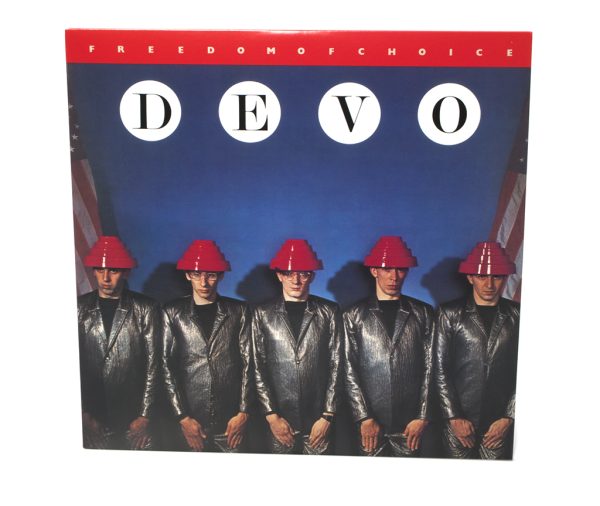
Your career came back when you did the music for Pee-wee’s Playhouse. Were you asked to do it because Paul Reubens was a big Devo fan?
Yeah, I’d known him for years, and he’d asked me to work on his live theater show. He asked me to score his film. And I was too wrapped up in Devo and I was traveling all over the world. I was interested, but you know how it goes. When the TV show thing came up, my drummer had just left the band to start another band. Greta, Greta. You don’t remember that? Nobody does.
When you worked on Pee-wee’s Playhouse did you hang out there a lot?
When you’re a composer, especially for TV but for film also, you spend a lot of time by yourself. It is much more solitary than you would imagine. I visited the set once when they were shooting in New York for the first season, and I sat on Chairy. The rest of them were all easier because they shot them in L.A. I’d go visit, but most of the time, I got a tape on a Monday and sent it back to them on Thursday, and watched it on the weekend.
Is the process different than writing a rock song? Do you have to use a visual kind of sense?
I don’t know how to compare that kind of writing to a rock song because when we did songs, we were thinking about sound and vision. And we oftentimes had ideas for films before we wrote the song. Write a song to go to a film idea that we were talking about, because we made our own little films, back when they were still called promo videos.
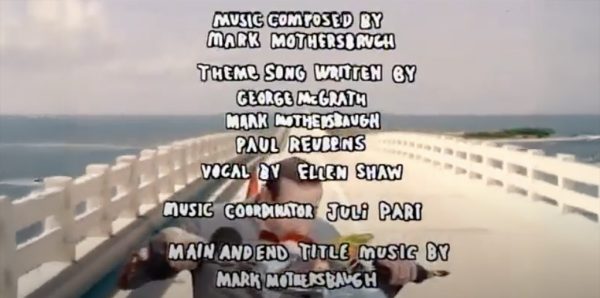
How did you get the gig doing the Rugrats music? Were the Clasky Csupo people pretty wacky or were they fairly normal?
Gabor Csupo, of Klasky Csupo called me and wanted to license a song from Muzik for Insomniaks, a solo album I recorded in the early ‘80s. I offered to write him something new, and a great collaboration was born. All people in animation seem to be pretty wacky, yet somewhat normal.
And the Sims video games?
That was actually Mutato Muzika, my West Hollywood muzikal think tank (www.mutatomuzika.com) that scored many of those Sims games, but Devo would be a perfect fit… Wait, didn’t they license an unheard Devo tune called, “i’ve fallen in love, (with recombinant dna)” for a WB trailer, or something?
Mutato Muzika has scored many big games, and Devo has contributed to a number of games, also.
What was the greatest thrill being in Devo?
To actually be able to pull it off. I think it’d be great if everybody could at one time go to the Forum or go to Madison Square Garden and know what it’s like to have 35,000 people all looking at you, and you move your hand and feel everybody’s eyes watch what you’re doing. Or have them sing along with words that you made up in your basement about half a year ago when you were really depressed. Then all of a sudden there’s all these people singing it together, and you’re like, “Whoa, it’s cool.” You understand what evangelist preachers feel and to know what it’s like to have the power be so concentrated, and have the ability to use that power to go over and touch somebody and they jump back like they’ve been hit by lightning. That’s what being on stage with Devo in the early years was like.
I think that music has the power to change your life, and I do think it’s just like electronic force fields. It’s a great responsibility and a great buzz. Was it hard for you to go back to the film music and kind of be in the background rather than the foreground?
I know what you’re saying. But you know what? I saw those people that had been onstage, where I was five years before, waiting backstage, you saw the way they looked at you, and I go, “You know what? It’s not going to be forever and I’m going to enjoy it while it’s here.” And to be honest with you, Devo was a collaborative band. Although you’ll see people get credit for songs on albums, everybody contributed, because it was two sets of brothers originally. And to me, the idea of collaborating with a director and a producer, it feels more like Devo than if I would be just by myself doing solo records.
So you work well with others?
Yeah, I enjoy it.
Do you have a rule or a motto, something you say to yourself when you just don’t feel like getting up to do it in the morning?
God, I have no great quotes. I mean I try to live my life like a virgin.
What do you think your greatest strength is?
I enjoy solving problems. I’m a good problem solver everywhere in life. The big difference between Devo and KISS is, if the plumbing wasn’t working in the hotel room when we checked in, it probably worked when we left. And if the TV had snow on it we could, it was probably adjusted properly by the time we left the room. I can fix things, yeah. You know what? Save your brain for other stuff.
When you first came out with that line, “Are we not men? We are Devo,” was that a seminal moment in your life?
Yeah. It was a great moment. I was sitting in this shitty apartment in Akron, Ohio, $65 a month apartment, and I had quack religious pamphlets that I’d been collecting. I always invited Jehovah’s Witnesses in because they had great gravitas, and they were always attacking evolution. So they were the ones who got me thinking about all this great stuff – you know, things that I could use for pro-de-evolution. I could just use all their information so I would invite those people in and they’d stay around, and they’d walk around and look at all the masks I had on the walls, and I could hear them saying, “He has one room. He doesn’t have a bed. What is this? Is this a real apartment, or what is this? Hell?”
Would you overhear people saying, “Are we not men?” when you’d be out in the shopping mall or at the bank?
Yeah, but they always got it wrong. They said, “We are not men.” Dammit. Of course, a rhetorical question.
What’s something money can’t buy?
What can’t money buy? Peace of mind. No, it does buy it. What does it gain a man to have all the pussy in the world but to lose his soul? No, that’s not my motto.
What’s one thing that would surprise fans about you?
I think what surprises Rugrats fans is when they find out I was in Devo.
Let’s fast forward to today. In regards to the current tour, what prompted you to play the first two albums back to back as opposed to anything else?
The two-album-back-to-back concerts were inspired by Devo playing a string of parties back in London in May ’09. We were surprised that the first album, side 1 cut 1 through to side 2 last cut format worked so well, and wanted to let the Americanos get a chance to hear it.
Will the rest of the set list have some surprises for loyal fans?
Yes… and, uh, OK… yes! That said, I think the interesting part of this concept for a concert is, no surprises? Except extraordinarily good merch, for once.
Are you having a good time doing this music again? A while back you said you wouldn’t do DEVO again.
First off, it’s not about having a good time. We just do what we must do. I think I said “I wouldn’t ‘doo’ Devo, referring to wearing those uncomfortable plastic hair ‘doos’ we wore on the New Traditionalists album cover. Of course, none of us in the band have a lot of control over “doing” Devo; it’s in our genetic encoding.
How did the first two Devo albums end up getting remastered on 180g. vinyl? Was it a Devo decision or a Warner Bros. decision?
The vinyl remastering was spearheaded by Tom Biery at WB, I think. He loves vinyl as much as we do. I miss vinyl and not just for the sonic reasons.
Will we see the rest of the catalog remastered?
If WB hits black gold in some Burbank oil field soon, they may want to press a whole bunch of Devo albums.
What info can you leak to us about the new album? What else is up your yellow sleeves?
The new album is what our first albums would have been like if we would have had nurses to administer the drugs, and rascals to ride around on. Stay tuned.

Welcome to Distilled!
Hello and welcome to Distilled.
We are not abandoning our standard reviews, but for those of you that would like a little more than the canned press releases everyone else is posting, but not sure if you want to make the time investment in a full review, we present the distilled column.
A quick overview of components that will be 200-300 words. No space for blather, pontification, or a lot of “I, Me, Mine” stuff.
We’ll do our best to present a couple of good pics, a link to the full review (if it’s done and you’re so intrigued) and a link to the manufacturer. On occasion, we will even post a purchase link if it makes sense. Please NOTE: we are doing this for your convenience, and these are not sponsored or affiliate links.
Thank you for reading!
Record of the Day – 009: Court and Spark
It’s been a week or so, and I’m back in the Joni Mitchell mode again. My one-step copy of Court and Spark has arrived, and while this was Mitchell’s most commercial record, it remains a favorite.
Court and Spark was Mitchell’s transition to a more jazzy period. On a parallel track, she was also part of Tom Scott’s LA Express, and this record sees a major part of that crew sitting in on this record. Here’s a little tidbit I didn’t know: Jose Feliciano plays electric guitar on “Free Man in Paris.” Maybe I should give Wikepedia $5.
I have no idea what the “definitive” pressing of this record is. Discogs says there are 204 versions of this record, and that’s way too much work. The one-step is incredibly good. Dynamic and full of detail, Joni has never sounded better on my system. The pressing is flawless, and the background noise low, low, low. You might even hear some tiny bits throughout that you missed in the past. And that’s a big part of the fun.
And yes, there is still the slightest bit of overload at the beginning of “Car on a Hill.” Is there a version that doesn’t have this? I haven’t heard it. I’m not letting three seconds ruin the experience and you shouldn’t either.
If this is a record you cherish as much as I do, consider making the one-step part of your collection before they are gone. You will not be disappointed. Fingers crossed that MoFi is going to do Hissing of Summer Lawns as part of the series…
Leave a comment out on our Facebook page and let us know what you think!
Record of the Day is brought to you by Bergmann Audio, and Supreme Acoustic Systems.
The table featured here is the Modi, with their Thor linear tracking arm.
Cartridge is a modified LYRA Helikon SL, modified by Ana Mighty Sound
Phono Pre is the award winning XP-17 from Pass Labs
Cables by Cardas Audio
All on top of the Pagode Master Reference MKII, courtesy of MoFi Distribution
Record of the Day – 008: Liz Story
This one goes way back to my early audiophile days, when anything that was “half-speed mastered” or “recorded on audiophile vinyl” caught my attention and my wallet.
A trip to my favorite hifi store of the day, Audio Emporium, just outside of Milwaukee, WI where they were playing Ms. Story’s Solid Colors on a pair of Magnepan Tympanis.
Recorded by well known engineer Steven Miller, and pressed at RTI (yep, that’s how long they’ve been around…) this was great music on the Windham Hill label before they got labeled with the new age moniker. Captured at 30ips on a 2-track Studer, this is some amazing piano playing that sounds fantastic. Who says audiophile quality equals boring?
You can still find a copy of this very reasonable. It’s pressed on JVC vinyl and is a good addition to your reference collection.
Leave a comment out on our Facebook page and let us know what you think!
Record of the Day is brought to you by Bergmann Audio, and Supreme Acoustic Systems.
The table featured here is the Modi, with their Thor linear tracking arm.
Cartridge is a modified LYRA Helikon SL, modified by Ana Mighty Sound
Phono Pre is the award winning XP-17 from Pass Labs
Cables by Cardas Audio
All on top of the Pagode Master Reference MKII, courtesy of MoFi Distribution
Record of the day-007: Made In Japan
Just the other day, the 10-album box set of Deep Purple’s classic: Made In Japan was released. This one features the main album remixed by Steven Wilson, and if you like what he’s done with classic Yes and King Crimson, there’s a great chance you’ll enjoy this rendition as well.
I’m usually not a fan of making 10 albums out of one, but there is so much cool bonus content here, I’m gonna have to listen to this for a week to get through it all! Recorded during their first tour of Japan in summer of 1972, it was released in the Japan on December 8 of 1972, and March 30 in the US.
It’s a killer record, containing one of the most recognizable songs/opening riffs ever – “Smoke on the Water,” and continues to endure.
I would not encounter Deep Purple live until their Stormbringer tour, back in my hometown of Milwaukee, Wisconsin nearly a year later. But it was an incredible first concert experience. What was your first show?
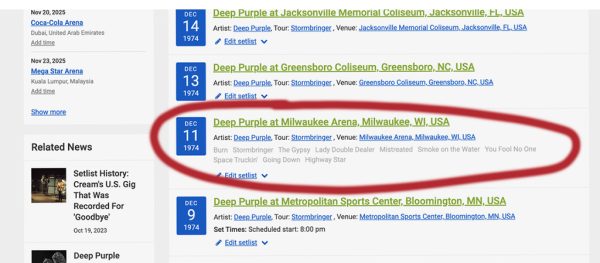
Leave a comment out on our Facebook page and let us know what you think!
Record of the Day is brought to you by Bergmann Audio, and Supreme Acoustic Systems.
The table featured here is the Modi, with their Thor linear tracking arm.
Cartridge is a modified LYRA Helikon SL, modified by Ana Mighty Sound
Phono Pre is the award winning XP-17 from Pass Labs
Cables by Cardas Audio
All on top of the Pagode Master Reference MKII, courtesy of MoFi Distribution
The Klipsch AK7 Klipschorn
There aren’t a lot of companies that have been making speakers for nearly 80 years, (2026 is their 80th anniversary!!) but Klipsch and the legendary K-horn are still here, better than ever.
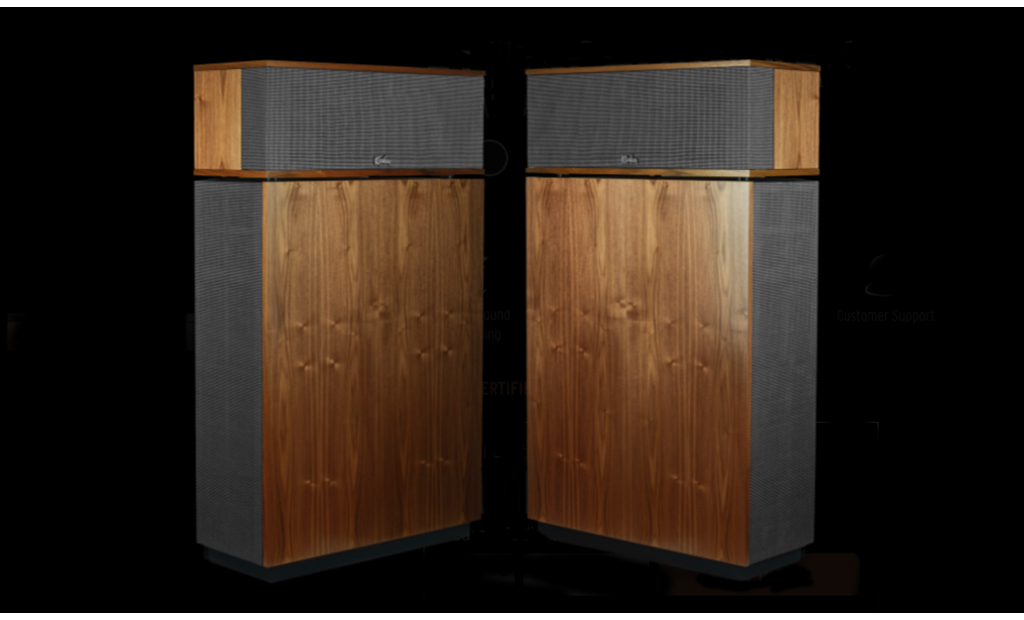
With a sealed back since the AK6 model, they still really should be in the corner (as the late, great Paul Klipsch intended), but they have much more solid bass than ever. This mega-sensitive speaker (105dB/1-watt) doesn’t need a ton of power to shine. PrimaLuna’s EVO 100 with a full complement of EL-34s, delivering 40 watts per channel, is getting the job done nicely.
Klipsch says the KHorns will work in a room as small as 13 x 18 (Yeah, we tried that), but space is truly the final frontier. Out in the main listening room on the 24-foot wall, feeding into a 36-foot room, not only can the speakers really breathe in and out, but there is a much better sense of integration from the horn drivers about 18 feet back. And, boy, do these fill a room.
Now that the AK7 Klipschorn offers a three-way active crossover, there’s so much more of this story to tell – and that’s in the works.
For now, these $20k speakers remain an excellent investment. Much as we hate to embrace hard, fast rules in the world of music and audio, there is something undeniably amazing about listening to big music in a big room on a big pair of speakers.
Just click here to visit the Klipsch site. And stay tuned, we’ve got a LOT more to come.
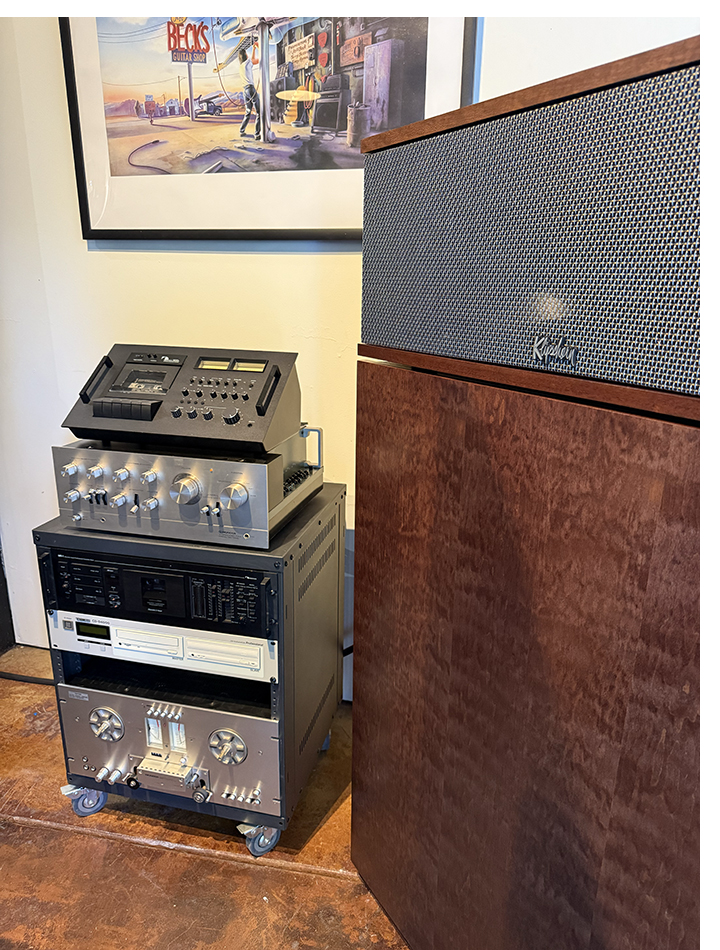
Record of the Day – 007 KIKO
While their popularity has never waned, (and the band continues to tour today) it might be argued that Los Lobos was at their peak of exposure in the early 1990s. Their soundtrack to the movie La Bamba, in 1987 sold two million copies, but Kiko was their biggest selling album, with close to half a million copies sold.
Kiko is one of those perfect records that remains as fresh and imaginative today as it did 30-plus years ago, with incredible musicianship and songwriting, propelled by an audiophile level of detail to the recording.
Go to tracks here for demo use are always “Kiko and the Lavender Moon,” and “That Train Don’t Stop Here Anymore,” but the entire album is full of sonic treats. Los Lobos is often pigeonholed as Tex Mex, or Americana/Roots rock, but Kiko – produced by Mitchell Froom (who also plays on the record) is much more experimental and creative to put in a box.
The Mobile Fidelity treatment of this record is incredible, and still available as a half speed mastered LP and SACD. As good as it gets, this one will truly show off the performance envelope of your system without resorting to stuffy, audiophile approved tracks.
Leave a comment out on our Facebook page and let us know what you think!
Record of the Day is brought to you by Bergmann Audio, and Supreme Acoustic Systems.
The table featured here is the Modi, with their Thor linear tracking arm.
Cartridge is a modified LYRA Helikon SL, modified by Ana Mighty Sound
Phono Pre is the award winning XP-17 from Pass Labs
Cables by Cardas Audio
All on top of the Pagode Master Reference MKII, courtesy of MoFi Distribution
Record of the Day – 006: Are You Experienced?
This one is a mega classic, albeit a bit before my time. However, I think many of us can agree that Hendrix’ debut, released in May 1967 was not only one of the greatest, but most successful rock records of all time.
The low distortion of the Acoustic Sounds pressing is thought by many collectors to be the finest rendition of this album, and the lack of tracking error in the Bergmann Thor linear tracking arm has Jimi’s guitar growling like never before.
Are You Experienced? is nearly 40 minutes of non stop energy, whether you have the 38:34 UK version or the 39:29 US version. Regardless of which pressing you have, this is a great album to enjoy start to finish.
Leave a comment out on our Facebook page and let us know what you think!
Record of the Day is brought to you by Bergmann Audio, and Supreme Acoustic Systems.
The table featured here is the Modi, with their Thor linear tracking arm.
Cartridge is a modified LYRA Helikon SL, modified by Ana Mighty Sound
Phono Pre is the award winning XP-17 from Pass Labs
Cables by Cardas Audio
All on top of the Pagode Master Reference MKII, courtesy of MoFi Distribution
Record of the Day – 005: Time Loves a Hero
Long before “Yacht Rock” was a thing, there was Little Feat. Yep, if you dig a bit (or listen carefully) you’ll hear a few Doobie Brothers’ on this record. Come to think of it back in 1977, when this record was released, it was often spun in rooms full of smoke.
The late Lowell George and Paul Barrere, along with the rest of the Little Feat crew, always put a record together with catchy lyrics, flawless musicianship, and tight grooves.
Recorded at Warner Bros., Western Recorders, and The Record Plant, this album was full of the beach side attitude. Little did those of us that were there, that the men responsible for the cracking production would soon release a record that would change the world only six months later.
Ted Templeman as producer and Donn Landee, would soon bring Van Halen to life – and that was definitely not yacht rock. But more about that later.
Leave a comment out on our Facebook page and let us know what you think!
Record of the Day is brought to you by Bergmann Audio, and Supreme Acoustic Systems.
The table featured here is the Modi, with their Thor linear tracking arm.
Cartridge is a modified LYRA Helikon SL, modified by Ana Mighty Sound
Phono Pre is the award winning XP-17 from Pass Labs
Cables by Cardas Audio
All on top of the Pagode Master Reference MKII, courtesy of MoFi Distribution
Record of the Day – 004: The Raven
Lou Reed’s last solo album, released in January of 2003, is somewhat of a Spinal-Tap ish homage to Edgar Allen Poe.
His wife Laurie Anderson often talked about “Difficult Listening Hour,” but this one just might become an acquired taste. This link to the Wikepedia entry has a full list of the credits – and it’s pretty major. The two disc version is just over two hours long, and you’ll probably have to work up to a full listening.
However, I suggest “Vanishing Act.” This track is so intimate, yet big at the same time, it will get you to sit up and take notice. It’s also one of the most engaging male vocal tracks to see what your system is capable of. Great as the vinyl sounds, you might want to stream it first. You’ll either love it, or it will be nevermore.
Leave a comment and let us know what you think!
Record of the Day is brought to you by Bergmann Audio, and Supreme Acoustic Systems.
The table featured here is the Modi, with their Thor linear tracking arm.
Cartridge is a modified LYRA Helikon SL, modified by Ana Mighty Sound
Phono Pre is the award winning XP-17 from Pass Labs
Cables by Cardas Audio
All on top of the Pagode Master Reference MKII, courtesy of MoFi Distribution
Record of the Day – 003: Shadows and Light
Though the performance for the album was recorded in September of 1979, at the Santa Barbara Bowl in California, I had seen this show a month earlier at Alpine Valley Music Theater in Wisconsin. It still stands out as one of the most amazing live experiences I’ve had.
Mitchell has always surrounded herself with stellar performers, but this was a special lineup featuring Jaco Pastorius, Pat Metheny, Lyle Mays, MIchael Brecker, and Don Alias. The setlist was the best of her material to date, starting with “In France They Kiss on Main Street” and “Edith And The Kingpin” from The Hissing of Summer Lawns, and ending with “Woodstock.”
Originally mastered by Bernie Grundman, the current remaster pictured here is also handled by Mr. Grundman. I can honestly say this is one of the few records I think I wore out. Whether you were there, and re-living the experience, or just someone who digs Joni Mitchell – this is a record you should own.
Considering how popular and loved Ms. Mitchell remains, this is a rare glimpse of her at her absolute peak.
Record of the Day is brought to you by Bergmann Audio, and Supreme Acoustic Systems.
The table featured here is the Modi, with their Thor linear tracking arm.
Cartridge is a modified LYRA Helikon SL, modified by Ana Mighty Sound
Phono Pre is the award winning XP-17 from Pass Labs
Cables by Cardas Audio
All on top of the Pagode Master Reference MKII, courtesy of MoFi Distribution
Record of the day – 002: The Pretenders
As I mentioned yesterday, in collaboration with Supreme Acoustic Systems and Bergmann Turntables, we begin our quest to play a record every single day (though we usually do more than that) start to finish, and share it with you.
Today’s record is the Pretenders’ debut.
And while we’re at it, why not the Mobile Fidelity remaster? This version is available on MoFi SACD and Original Master Recording LP (MFSL-1-372). If you can find them, expect to pay about $50-$80. Side note: there was also a Nautilus Super Disc done (NR-38) from the mid 80s I think that is not half bad either.
But this is not a pressing shootout. And there are 208 different versions of this album. Including 8-track!
Released January 11, in 1980 the Pretenders self-titled debut found me working behind the counter in a hifi shop. Our manager burst through the door with a copy in hand, proclaiming “you have to hear this.”
He wasn’t wrong. Chrissis Hynde picked up the baton for women that really rock from Patti Smith and never looked back. It still has the same energy and urgency it had on that sunny January day. The sleeve instructs you to “play it loud,” and that’s all you need. Put this one on, crank it up, and enjoy this hard rocking record that the title classic is hardly enough praise.
Curtail Cable Crankiness
No matter what the reason, there’s a certain group of audio enthusiasts who always bristle at spending more than a pittance on cables, regardless of the system’s price. Here’s a great solution from Vera-Fi Audio: Their new Ranger line of cables.
Is this reason enough to sell your $70k Odin 2s on Audiogon and buy a nice vintage Alfa Romeo GTV with the proceeds? Maybe. Got your attention?
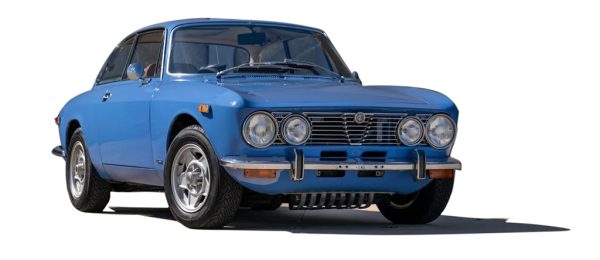
While we didn’t conduct a shootout with a five-figure pair of Nordost cables, comparing these to budget cables from Blue Jeans, Tributaries, and Clarus that we do have on hand, the Ranger cables reveal more musical information. They are not harsh or etched in any way. $79 buys you a well-executed pair of interconnect cables, delivering more performance than what you’ll find at Best Buy or Amazon that is similarly priced. (We compared that too)
Vera-Fi says that they will soon have a phono cable as well as speaker and power cables to round out the lineup. We’ll report back as soon as we have samples. For now, we’re ordering a 6M pair to go from the three tape decks plugged into our Manley Skipjack.
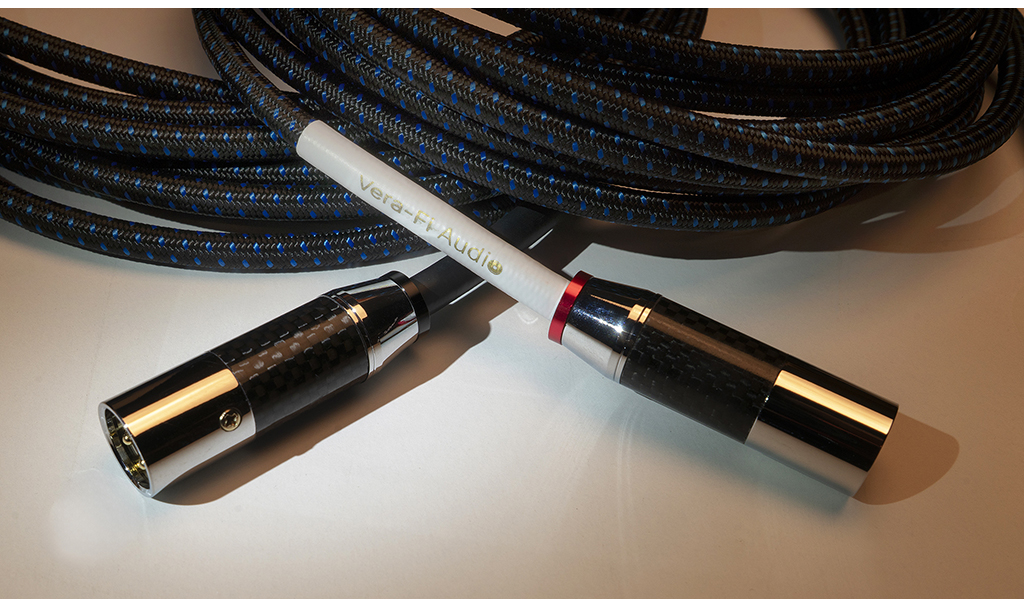
Cable choice is a quicksand that plagues more than beginning audio lovers. If you’re starting from the beginning, a loom of these cables will get you rolling and on a great path. And if you’ve been shopping for a sports car on Bring A Trailer and need some extra dough…
Just sayin.
You can find them here, at Vera-Fi’s site…
A Record a Day – For a year!
On a recent visit to Mobile Fidelity Sound Labs in Sebastopol, California – mastering engineer Shawn Britton asked me “What was the first record you bought with your own money?”
Easy – Edgar Winter’s They Only Come Out at Night. Still have it and it’s still in perfect shape.
We’re collaborating with Supreme Acoustic Systems and Bergmann Audio to play a different record, every day for a year and showcase it on their Modi table and Thor linear tracking tonearm. For now the cartridge is a Lyra Helikon SL rebuilt and upgraded by Ana Mighty Sound in France. (They do fantastic work btw…)
The rest of the playback chain is rounded out with an XP-17 phono stage from Pass Labs and cable from Cardas Audio. All placed on top of the latest Pagode Master Reference rack from Finite Elemente, courtesy of MoFi Distribution. (with super-cool carbon fiber top shelf!) Clean power is being supplied by IsoTek Systems’ V5 Sigma.
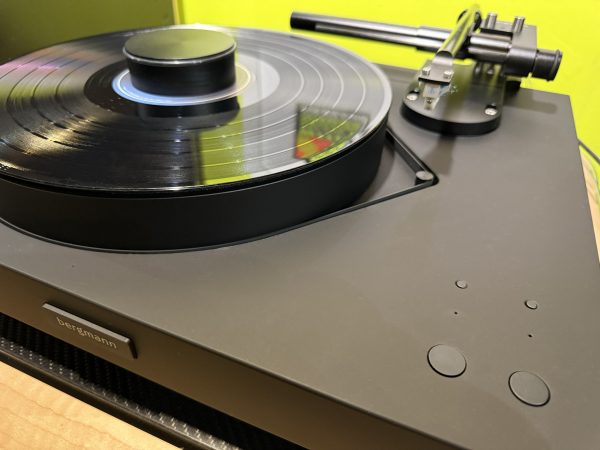
So join me on a wacky journey for a year. It’s not like I’m not playing records all the time, but this is on one level, more fun because it’s a commitment to doing something every single day, at the start of the day. Morning coffee, then put a record on.
I can’t think of a better way to really evaluate this turntable and tonearm. Stay tuned and thank you in advance. And a heartfelt thank you to everyone helping make this happen.
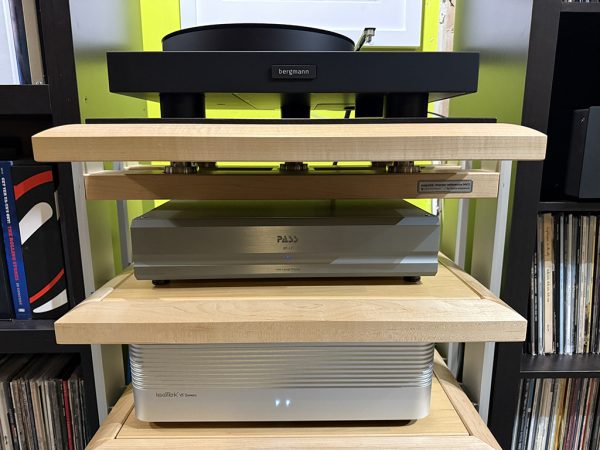
The Songer S1-X Redefines the Category
If you’ve never heard a pair of single-driver speakers, the Songer S1-X might be too much for you to take in. They might freak you out. They are that good. And like a handful of speakers that are truly special, providing a sonic experience like no other, the S1-X is destined to join that rare category.
Our full review is in process, but these speakers deliver an experience that I’ve never heard in over 50 years, and I love, love, love single driver speakers and ESLs. With a pair of the legendary Quad 63s and a pair of 57s here on hand, I still consider the S1-X magic. Even more so with Songer’s $30k A3 integrated amp, a 300B SET design.
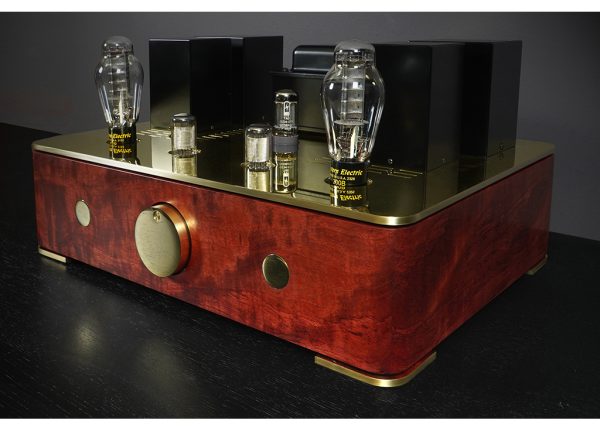
The difference here is that the S1-X is a field coil driver, which is much more complex than a standard full-range driver, such as a Lowther. (which we are still huge fans of as well – but this is next level) The driver is handmade by Ken Songer in a lengthy process.
We’ll have all the details in the upcoming full review, but suffice to say that even if this setup is not your cup of (or you think it isn’t), you should experience it at a show, Songer’s place, or our place. It’s a data point that will stick with you forever, even if your bag is something more like a gigantic pair of cone speakers. There’s so much more to tell you, but these are one of my top ten favorite audio experiences. Of all time. In over 50 years of listening. That good.
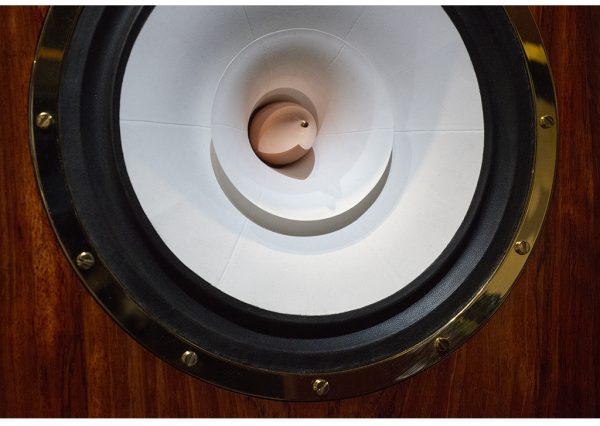
There is an intimacy to the reproduced notes via the complete Songer system that is, at the same time, wonderful, inviting, and unique. Forget everything you think you know about single drivers. These do more everywhere. And they rock. Don’t be surprised if you see these on the cover of February’s issue as our Product of the Year. They are that good. I’m scheming on how to finance a pair as we speak. That good.
-Jeff Dorgay
https://songeraudio.com/
YG Carmel 3 in for review…
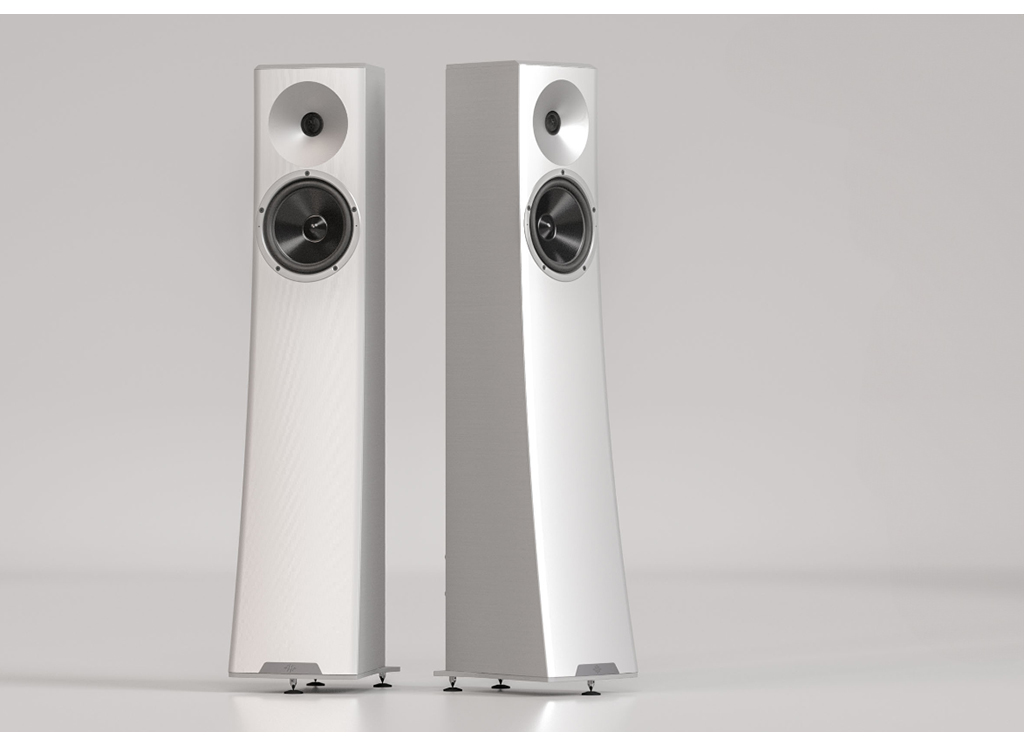
As we’re winding up the review on the YG Descent (a three-way floorstander), that is coming in at right about $30k per pair, and is the top of their Peaks range, the two-way, all-aluminum Carmel 3 has also landed. We thank YG’s new distributor Hiram Toto of Supreme Acoustic Systems for being kind enough to leave the Descents a few more weeks so we can compare and contrast, as they are similarly priced.
While YG is well known for their aluminum-bodied speakers, it is a controversial aesthetic choice, one that usually polarizes potential customers. Because the Carmel 3 is the entry level speaker in YG’s Reference lineup, we were curious to reveal the differences, as a potential buyer might.
You’ll have to read or full review for that, as it is outside the scope of a distilled piece. Suffice to say that the Carmel 3 on it’s own is a brilliant design, one that combines the tech of the XV, Sonja, and Hailey 3 (reviewed here) in a more compact cabinet. Even in our 24 x 36 foot room, the Carmel 3 delivers impressive bass response, and creates a massive soundfield, driven by the Pass Labs X600.8 power amplifiers.
The Carmel 3 delivers incredibly high performance, in a compact enclosure, and for those not having a room big enough to house the top YG’s, leaves precious little on the table in terms of ultimate resolution. Our test pair came fresh out of the box, and Toto tells us that good as they are already, they will continue to improve over the next week or so.
More to follow, please stay tuned.
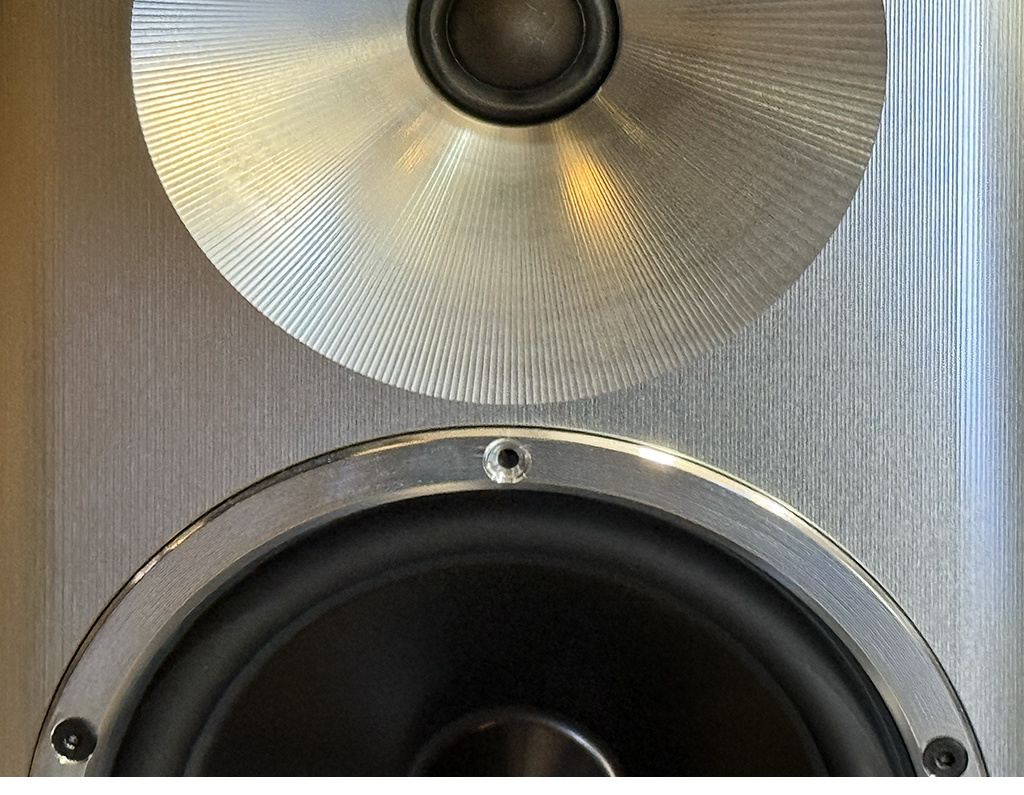
Big Brit Sound: Harbeth Monitor 40.2
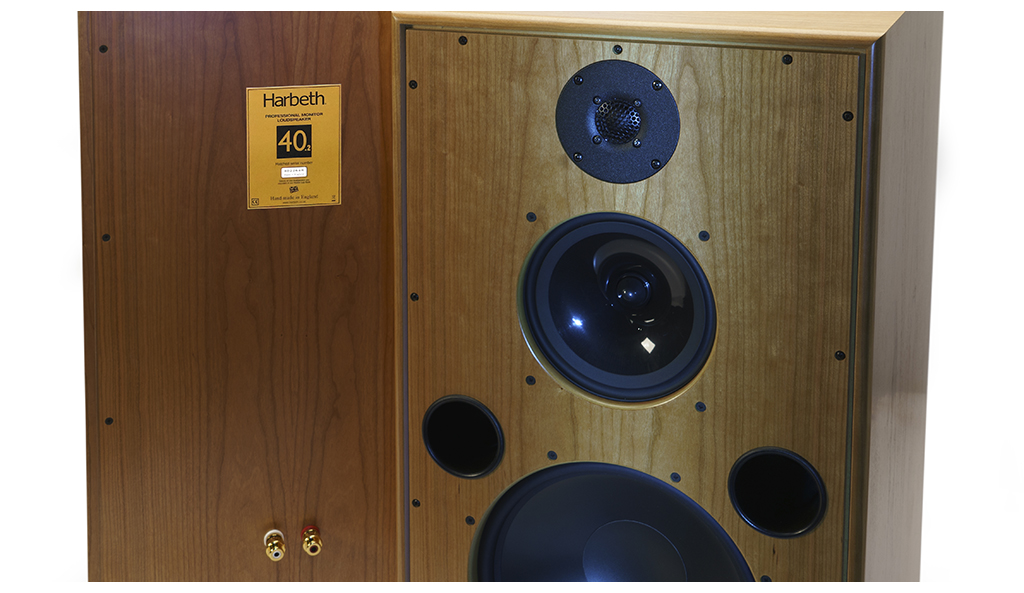
While the new Harbeth 40.5XD is a fantastic speaker (we’ve got a review going live any day…) don’t discount the 40.2s, especially when you can buy this pair, complete with stands for just over $10k at TMR.
If you’ve never heard the big Harbeths, they are quite special. Though these speakers are fairly large at about 30″ tall, 17″ wide and 15″ deep. They weigh about 85 pounds each, so tiny British monitors they are not.
But with big speakers comes big sound. If you’ve ever listened to a pair of smaller Harbeths and thought “If only I could get more of this…” The monitor 40 is the answer to your wishes. Even though the cabinet has a fairly large frontal area, these big monitors disappear in your room like a pair of LS3/5a’s, but with big bass and slam.
With an 87dB/1-watt sensitivity rating, anything beyond about 40 watts per channel will work, but if you can pair them up with a big solid-state amplifier, it’s a completely different movie. They take another big leap.
The top photo is merely for illustration, but this black pair complete with a pair of Tronger stands (A $2,000 value by themselves) is on the block at TMR for $10,499 in ebony. You know you want em!
Please click here for a purchase link. (bottom photo, courtesy of TMR)
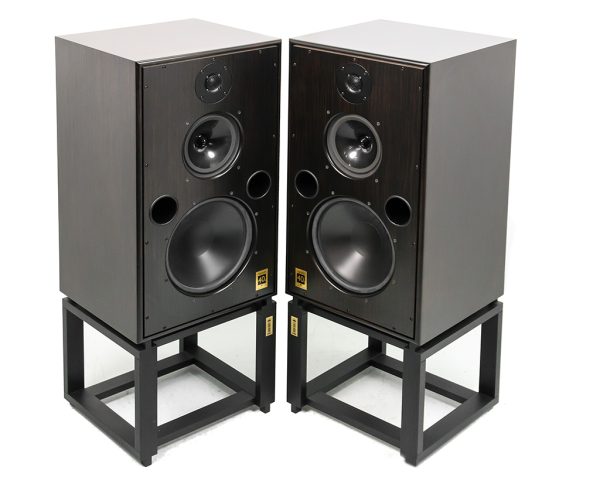
Great phones, great price!
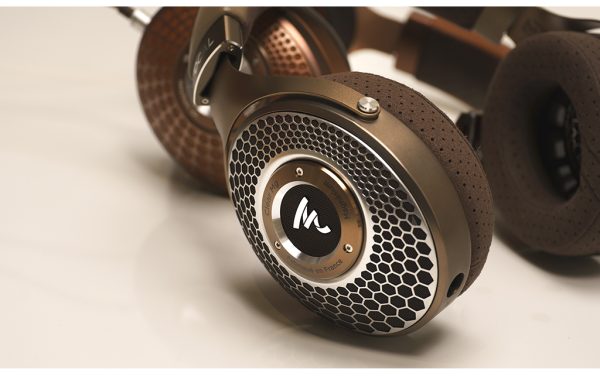
If you are itching for a pair of crazy money headphones, but don’t have crazy money, check out the Focal Clear Mg. Now pushing close to $2,000 brand, spanking new, you can pick up this pair from TMR for $929. They even include a fresh pair of ear pads. (No small bargain, these are about $200 a pair all by themselves)
Where Focal’s top of the line Utopia phones use a beryllium driver, as their top range Utopia speakers, the Clear Mg uses a magnesium driver. (hence the Mg moniker) The biggest differences between these and the $4,000 Utopias is in ultimate tonal balance, and low level resolution. Both phones have great bass response and are super comfy for long term listening sessions.
The magnesium driver lacks a tiny bit of ultimate low level resolution compared to the Utopia, and the overall tonal balance is slightly warmer as well. Like me, you may actually prefer this sound to the Utopia regardless of price. The Clear is easy to drive with whatever you have, but you will be rewarded as your headphone amplifier gets better. We’ve used these with everything from a gen 6 ipod up to the dCS Lina stack. Not all top phones are this easy to drive – a definite bonus.
And at $929, this is a great deal. Just click here to purchase.
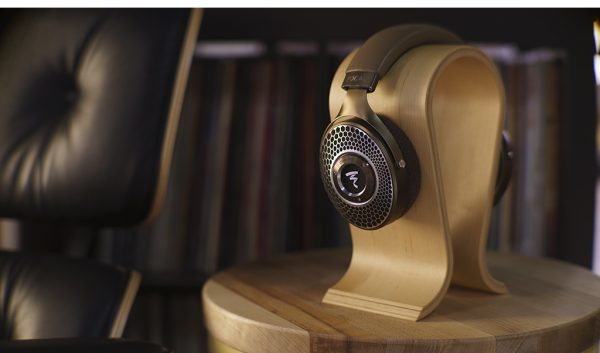
Start Streaming With HiFi Rose!
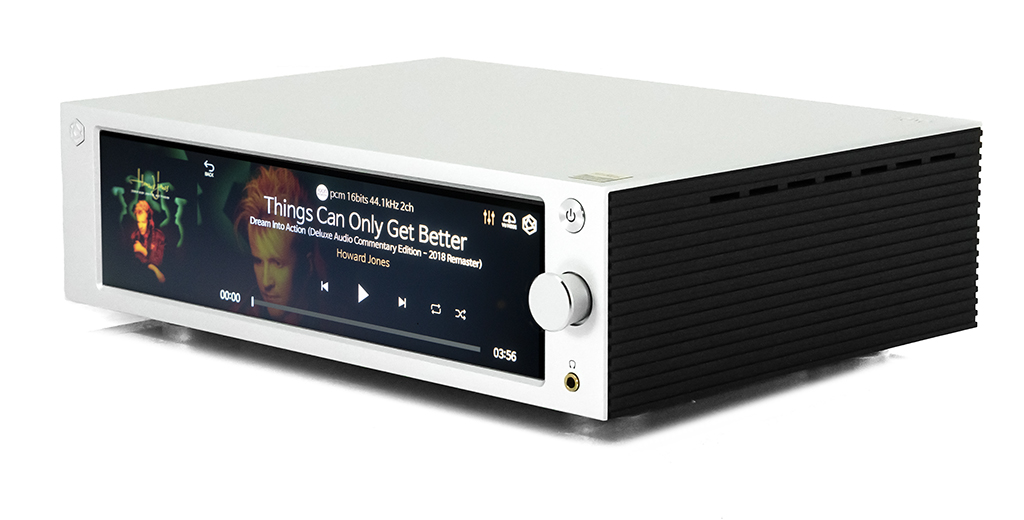
If you’ve been looking for a great streaming DAC that’s reasonably priced, look no further than the HiFi Rose RS250. This gently owned piece sounds great, and accommodates Ethernet, USB and optical inputs with HDMI, USB, and SPDIF digital outputs as well.
In case you don’t have a DAC, the RS520 does have an onboard DAC, taking advantage of the ESS/Sabre chipset and features a pair of RCA analog outputs. In addition, you can upgrade the internal 500GB disc to 8TB if need be, and have a complete music server solution.
Like all of the HiFi Rose products we’ve used, reviewed, and own – build quality is fantastic, sound quality is top shelf, and functionality as good as it gets. If that’s not enough, there is also an excellent headphone amplifier, with a jack on the front panel. Perfect for a personal listening station!
This gently pre-owned RS250 is tough to beat for $1,499.
And you can buy it right here…
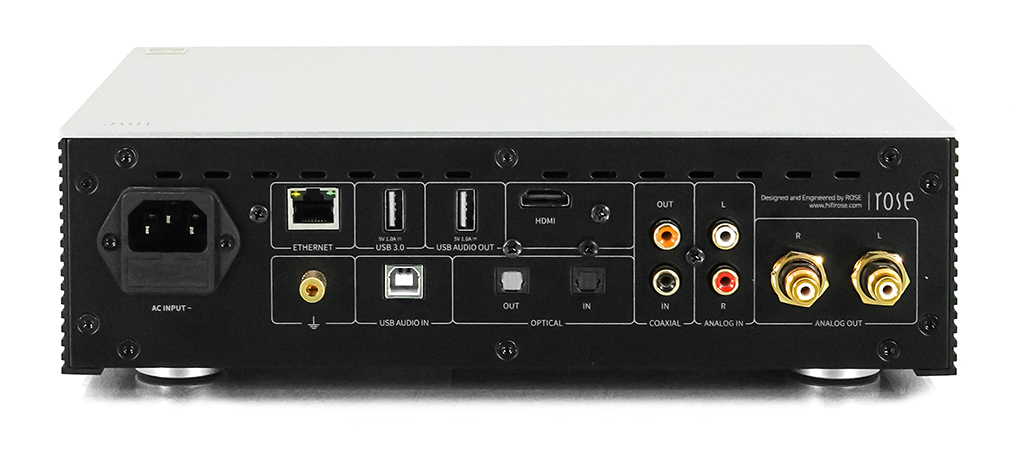
Luxman L-505u – Starter System Perfection
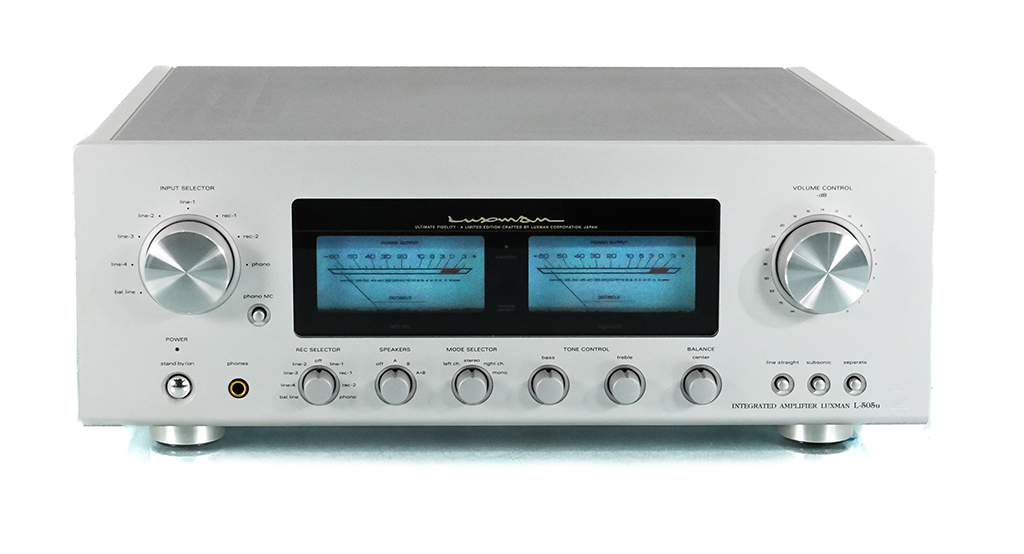
The Luxman L-505u is a fantastic anchor for a high quality, no fuss, hifi system. With 100 wpc on tap, multiple inputs (including a single balanced input) tone controls, and an on board MM/MC phono, you’re on your way. Even if you aren’t doing a starter system – add a streamer, a turntable and your favorite speakers. Call it a day and enjoy.
These Luxman receivers have to be seen and heard to be believed. Being that Luxman is an evolutionary company, even though there is a new version of the 505u, this one still sounds fantastic. The built in power amplifier section can produce 100 wats per channel into 8 ohms and 140 into 4 ohms. What you aren’t getting here that you get in the bigger receivers is the bigger power supply and additional headroom they provide, due to larger power supplies and a more robust output stage.
However, matched to a nice pair of moderate sensitivity speakers, if you don’t need to blast your music to concert hall levels, the sheer quality of the music delivered by the 505u with really surprise you. The phono stage is excellent, and the overall build quality is identical to the $10k Luxman amplifiers.
And those meters! Super cool. What’s not to enjoy? This might be one of the best values going for a tick under $2,600.
You can buy it here – just click.
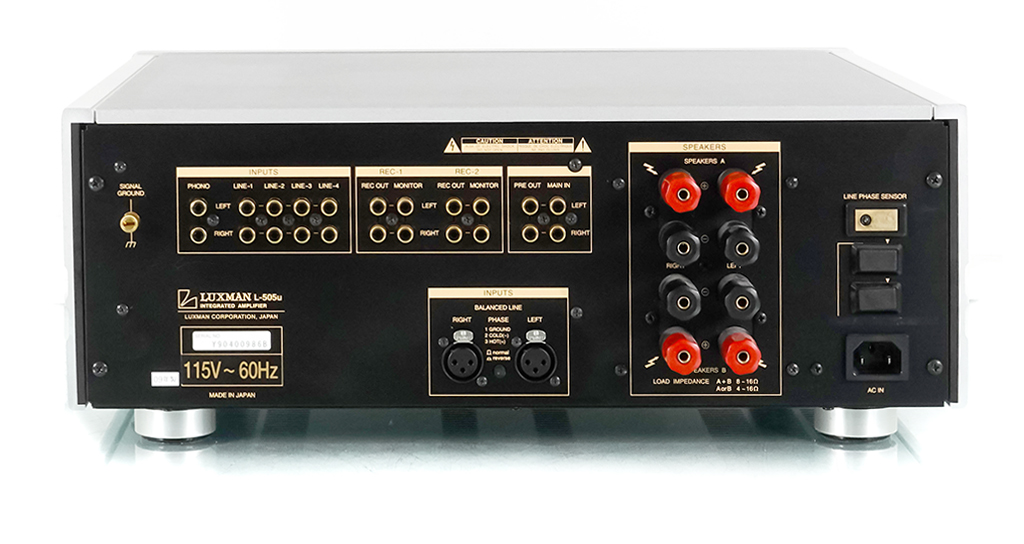
The Rega Aria Mk.3
There are so many things to like about the Aria Mk.3 from Rega. This small but capable solid-state MM/MC phono preamplifier does it all.
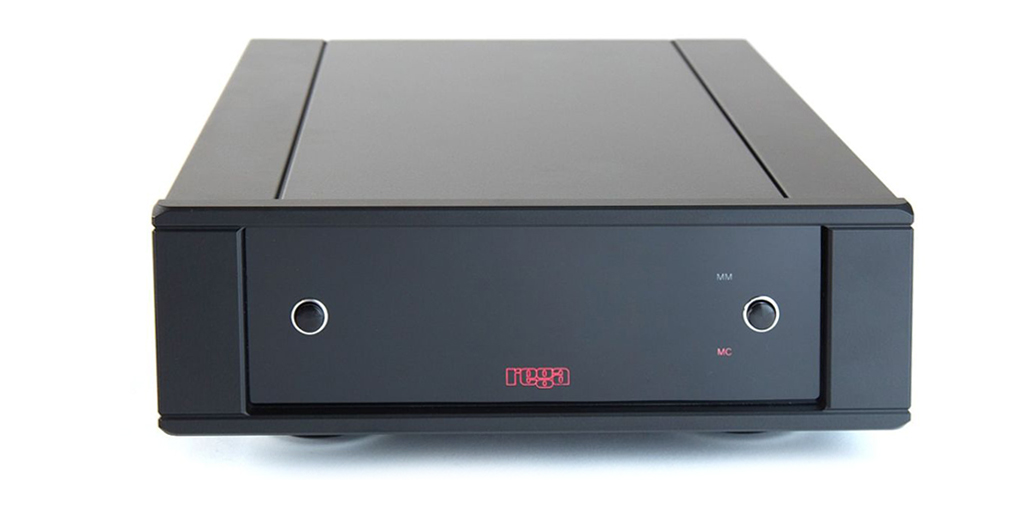
At the original MSRP of $1,695, Rega’s Aria Mk.3 is one of the best values going in analog. (As is nearly everything Rega makes) However, this slightly pre-owned example at $1,149 should be at the top of your list, if you are searching for a high-performance phono stage that’s reasonably priced – more money for records!
We’ve only reviewed the Mk.2, but the Mk.3 is on the way. Having heard the Mk.3, we can attest that everything that made the Mk.2 great is improved in the new model – and that’s the Rega way. Constant refinement.
The sound is natural and dynamic. Fortunately, the MC side of the Mk.3 has loading adjustments from 70 ohms to 400 ohms – which should cover nearly everything. Should you have one of the Rega MC cartridges, start at the 70 ohm setting and see what you think. Our experience has been that these cartridges are incredible loaded down low…
Aria’s half-width chassis makes it a perfect fit on the shelf for a Rega outboard power supply and speed controller. However, the thing we find the most exciting is the Aria’s ability to handle two turntables. Instead of just a gain switch, there are two seperate inputs – which makes this a fantastic way to plug two turntables into your system. The more you get into vinyl, the more useful this feature becomes.
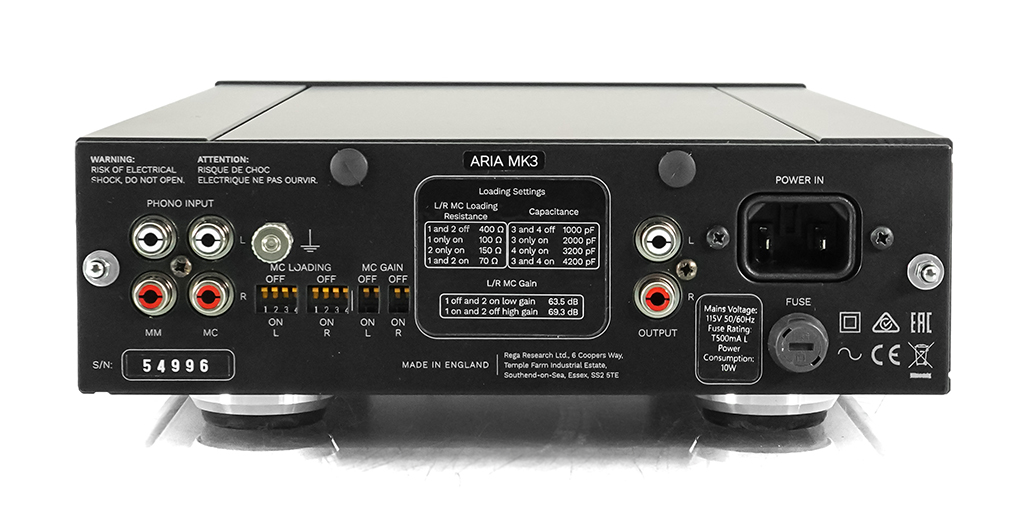
Finally, the Aria Mk.3, like the Mk.2 has all discrete components in the signal path – no op amps. This is a big part of what makes this compact phono stage sound bigger and more dynamic than you might expect for the price. Definitely a class leader, even at full retail. But this one is a killer bargain.
You can purchase it right here. Just click.
Vera-Fi Line Noise BlackHole Power Conditioner
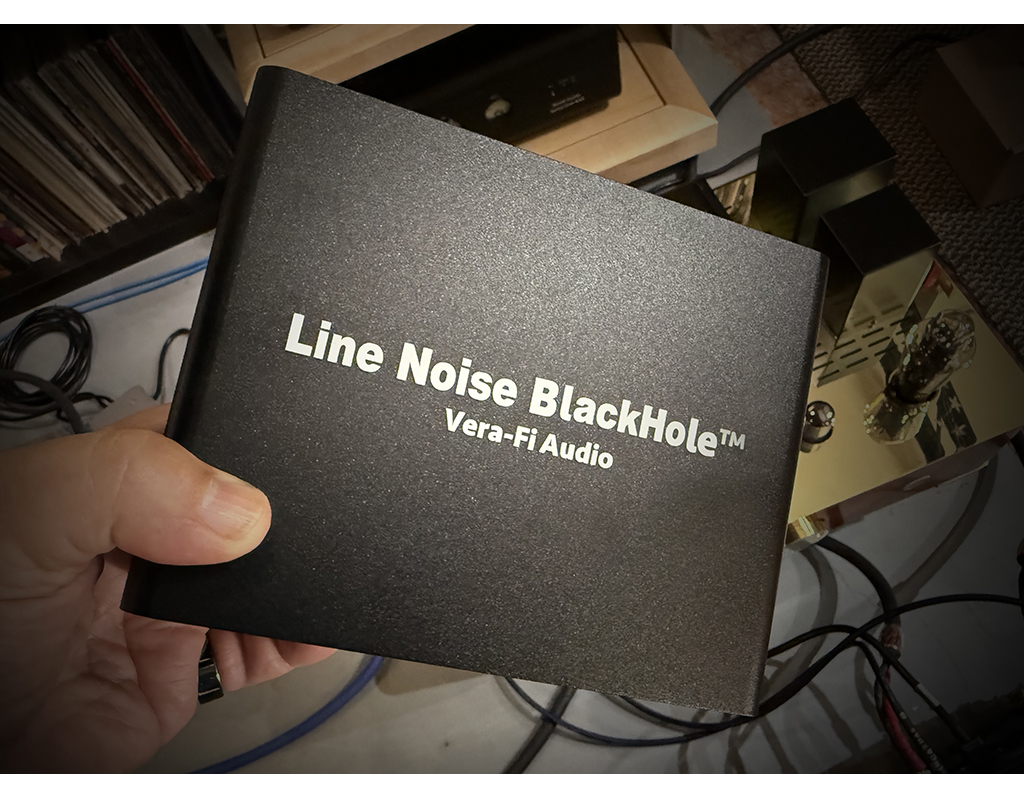
Why the SET amp in the background?
Let’s cut to the chase – If you have an SET amplifier you need one of these. If you have a vintage amplifier, you need one. You need one anyway. Because in todays modern world, there’s noise on the power line everywhere and it affects your systems performance in a few ways – all negative. The more densely we are packed into our neighborhoods, the more devices there are on the transformer that feeds your house (and your neighbors) with all the junk that they have plugged in.
But seriously, Vera-Fi’s new Line Noise BlackHole is a single device power conditioner with a maximum current capacity of 10 amps. So you can’t plug it into a massive Class A power amplifier.
We’ve got a full review and a YouTube video in the works. For now, whether grabbing one (or three) at the sale price of $395 is a killer value. Even at the $595 retail price, this is a tool you should have.
It takes about 10 seconds to hear the effect. Being a big SET fan, and now having the awesome-O Songer Audio S1X speakers with a 95dB/1-watt sensitivity rating, you hear the smallest details, and the noise. While the LNBH didn’t make a huge difference reducing the noise floor with Songer’s $30k A3 300B amplifier, it makes enough of an improvement that I won’t go back to listening without it.
However, swapping the Finale F-300B EVO ($10k) in the Songer’s place, there was a bigger improvement, as the Finale is a bit noisier by comparison. What also proved incredibly interesting (because once you get these things in, you tend to plug em’ in to everything…) was the improvement in a pair of vintage receivers.
Two things to ponder here. Back when you could buy a Marantz 2270 all day long on Craigslist for $275, buying a $400 power conditioner was somewhat counterintuitive. However, now that those same components cost $1,500 and up – it’s worth reinvestigating said accessories. Power supply design was pretty primitive back then.
Sure enough, my Pioneer SX-838 was a different beast, plugged into the Vera-Fi box. Way less solid-state sounding, less grainy, and less foggy. You hear this immediately. Same for lower priced DACs and CD players. We’ll find out how the Nakamichi tape deck collection works too.
All in the upcoming review. For now – yeah go get one. I think you’ll be thrilled. And drop us a note here to tell us how you like it.
You can click here to visit the Vera-Fi site. Enjoy!
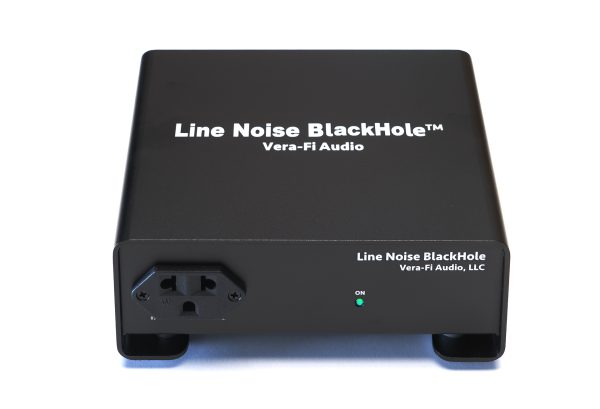
Vera-Fi Audio Snub Station Zero

Regardless of what the internet pundits say, your AC outlets are full of noise from various sources.
Your gear picks this up, and whatever its power supply doesn’t filter out, gets amplified by your amplification chain. You might not hear it specifically, but it manifests itself in a loss of dynamics and a lack of image focus in the music.
You will notice it once it’s gone though. That’s where the Snub Station Zero from Vera-Fi comes in. There are some great power conditioners that cost crazy money, but the SSZ gets the job done on modest power gear for un-crazy money. Before you spend more of your hard-earned cash on cables and vibration reducing devices, try one of these.
With a 10-amp maximum, the Snub Station Zero has three outlets, which should only have a single device plugged in. (no power strips, please) Along with the DC blocking circuitry and a heavy duty EMI filter, the third outlet also offers a soft start circuit. This is particularly helpful with lower priced gear and especially vintage gear, that does not offer this kind of protection. The power spike that occurs when you hit the power button can do a lot of long term damage.
I’m definitely buying a couple of these for my vintage hifi collection. Full review to follow. For now, #toneaudioapproved.

$695 (now on sale for $595)
Zu Audio DWX Supreme Loudspeakers
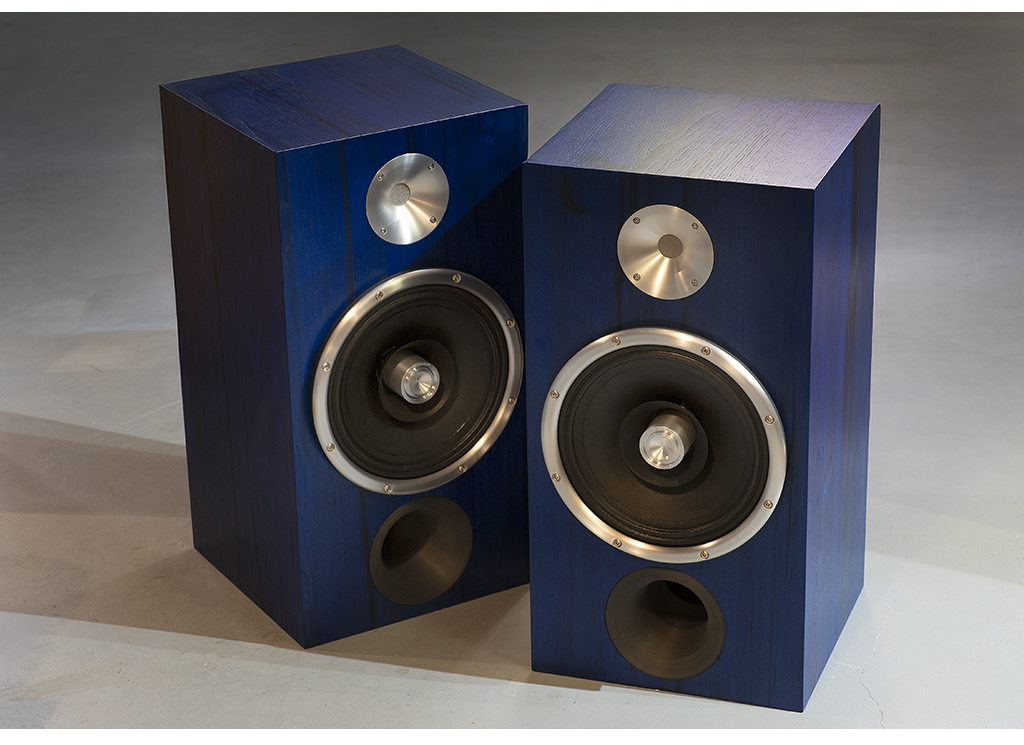
The DWX Supreme is a high-sensitivity, high-fun-factor speaker – in every way.
If you’ve ever been to a Zu Audio room at a hifi show, you know they always have one of the most engaging rooms in the house. Sean Casey, Zu’s founder, and his crew serve up great music and put together systems that engage and offer high value.
And for the current future, with all the tariff monkey business in place, they are an even better, shall we say, supreme value – being all American-made? Zu says the DWX has “the same driver and guts” as the DW-6 floor-standing speaker. Thanks to the small size and front port, they can take advantage of room gain because they can be placed closer to the walls and room corners.
Everything centers around Zu’s own 10-inch Zu260 full-range driver, which extends up to 12 kHz; the rest is handled by their super tweeter. Nothing else sounds like a Zu, and that’s a great thing. With a 95dB/1-watt sensitivity rating, you can easily make use of a 9wpc SET amplifier or your favorite low-powered tube amplifier! Pass Labs First Watt amps crush it with Zu speakers, and if you have a vintage, low-power solid-state receiver (like a Marantz 2215 or a Pioneer SX-424/434), you’ll be blown into the weeds at how great this combo is as well.
The DWX is dynamic and articulate, featuring a front-firing port that makes setup as easy as it gets. The sound is unique – nothing else sounds quite like a Zu. And that’s a great thing, by the way. Our old pal Art Dudley often talked about audio gear being able to get (and keep) the groove. While this is somewhat ambiguous, Zu speakers do an excellent job of capturing the tonal contrasts and variations within a performance. They offer up a slightly saturated presentation – and that’s a great thing without being slow or soft in response. Actually, it’s quite the opposite.
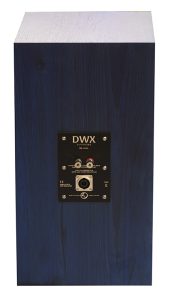
The highest compliment we can pay Zu Audio is that no one is ever having a bad time in one of their rooms, and rarely, if ever, will you hear people blathering on and on about specs and such. If you love music – you’ll love owning a pair of these.
The full review is almost done. However, we suggest pushing the buy button on a pair of these. The only remaining questions are what color, and what upgrades? (Again, we suggest the Supreme version!)
$1,500 – $2,700/pair (finish and upgrade dependent)
Rega P2 turntable with ND2 MM cartridge
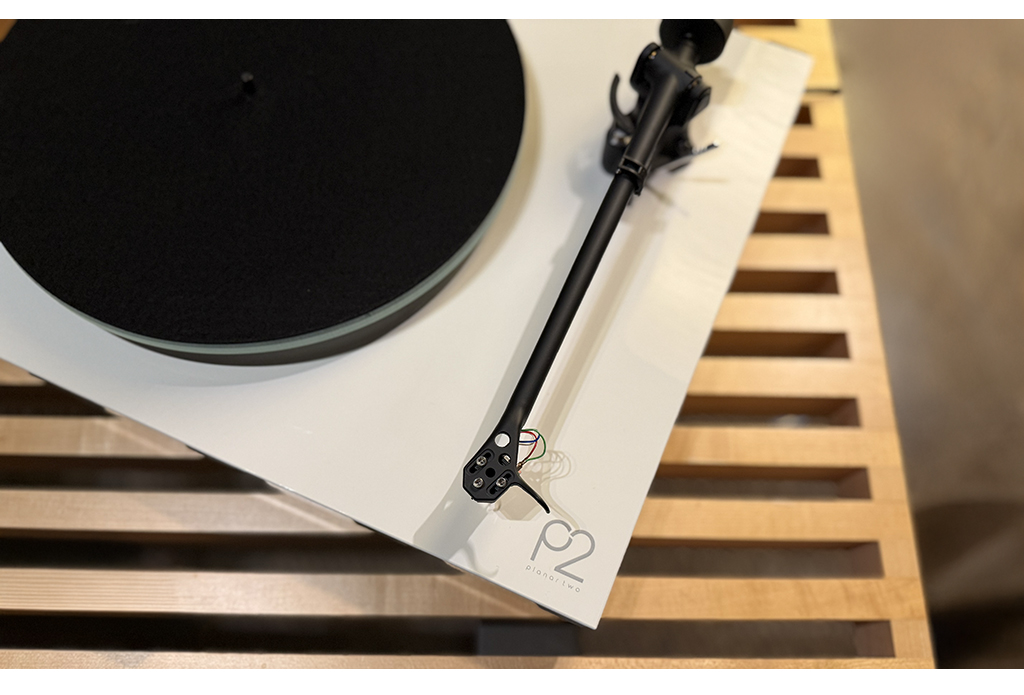
Whether you stay in the family forever or not, a Rega turntable truly has to be part of your audiophile journey if you enjoy analog.
For over 40 years now, they’ve been quietly going about the business of making turntables that deliver class-leading performance at a price that music lovers can afford. They have offered their own line of MM and MC cartridges for a long time, and thanks to their three-hole alignment on the cartridge and headshell – setting a Rega table up with a Rega cartridge is the easiest in the vinyl world.
The release of their new ND3, ND5, and ND7 MM cartridges, which utilize neodymium magnet assemblies, has brought their in-house sound to a new stratosphere. The updates made to the P2 show just how serious Rega is when it comes to delivering a favorable price-to-performance ratio.
A direct comparison of the current P2 with the ND3 cartridge to a ten-year-old P3 with Rega’s former competitor, the Elys 2, reveals that the new combination delivers even more musical information. The bass is deeper with more definition, the highs are more accurately rendered, and there’s more texture in the midrange as well. The new P3 with ND3 has also been equally improved, but that’s another story.
Rega’s US Importer, The Sound Organisation, has held the line on pricing and is keeping this $795 combo aggressively priced, though this may change slightly in the months to come. Our advice: buy it now. Why would you not?
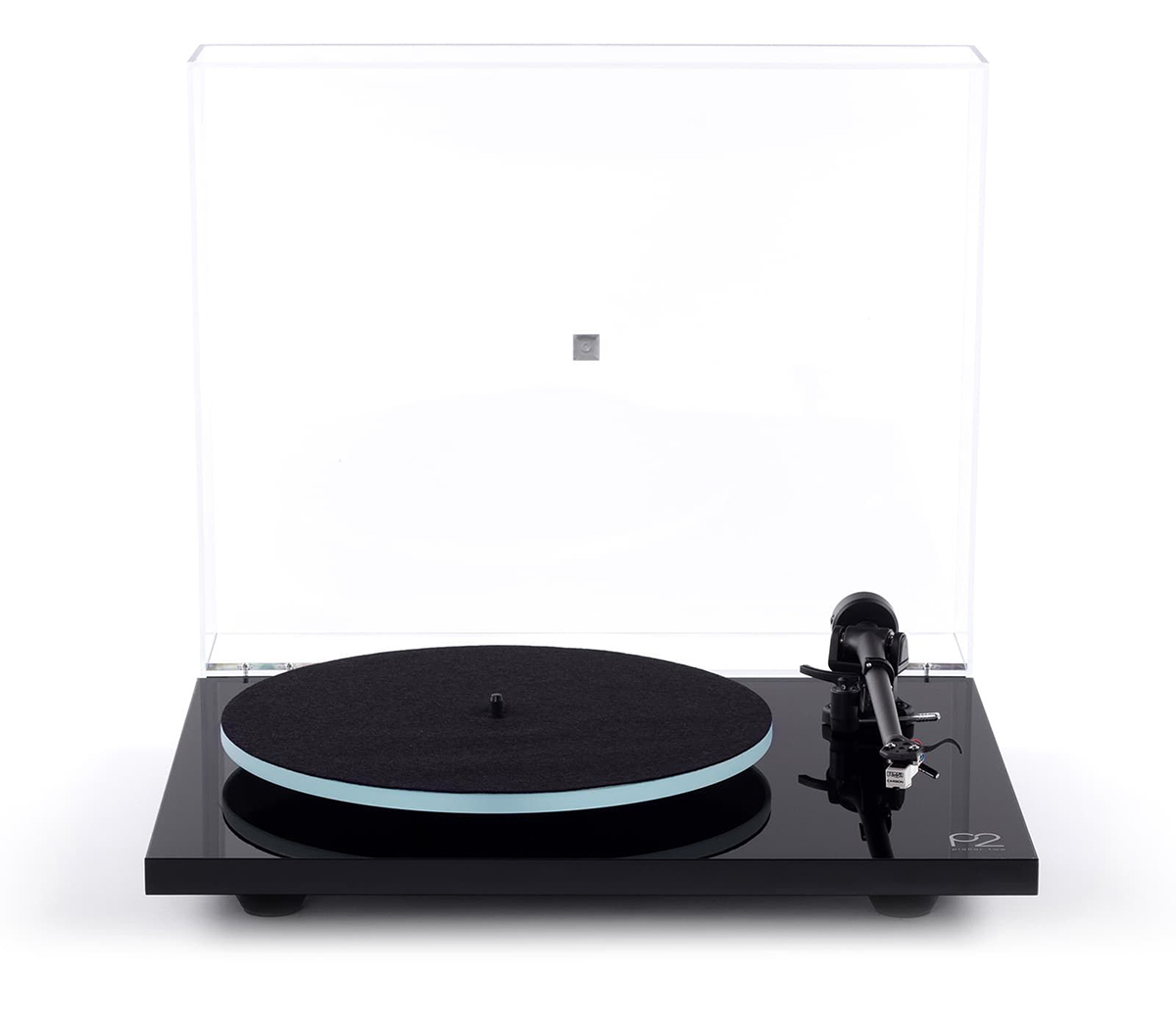
The P2 is easy to use, requiring almost no setup. Now, with the ND3 MM cartridge, you’ll swear you spent a lot more on a turntable. What’s not to love? It’s time to start your Rega journey.
You can read our full ND3/ND5 comparison here:
https://tonepublications2.com/project/regas-new-nd3-and-nd5-moving-magnet-cartridges/
$795
soundorg.com (US dist.)
rega.co.uk (factory)
Java Double Shot LDR Preamplifier
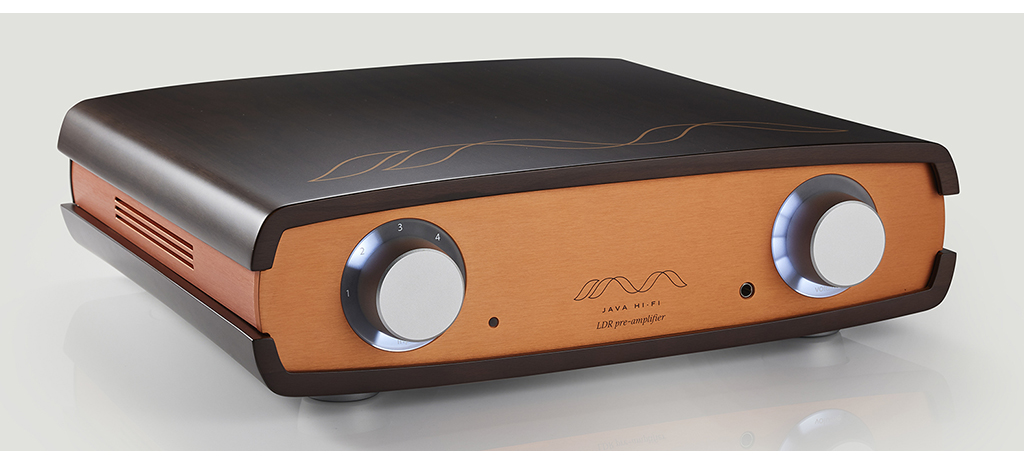
This is the third product we’ve reviewed from Java HiFi, and we are definitely looking at three for three in terms of sound quality, build quality, and stylish excellence.
Matching the casework of their other designs, this solid-state preamplifier’s uniqueness comes from the LDR attenuator. Nearly all other preamplifiers use either a stepped attenuator with fixed resistors at each point or a very high-quality potentiometer.
The LDR circuit actually uses the volume control on the front panel to vary the light intensity of an LED striking a light-dependent resistor (hence the name) that changes value with the amount of light cast upon it. There are no mechanical parts to add noise or degrade over time.
Designer Martin Bell says it’s the quietest way to handle this function. Though we don’t have a non-LDR version of his preamplifier to compare, it is damn quiet. Like their power and integrated we reviewed, the Java pre features a neutral tonal balance, with smooth, grain-free high frequency response. Bass is tight and powerful.
Beyond the great sound, this preamplifier is tremendously flexible. With seven pairs of XLR inputs and three pairs of XLR outputs (two variable, one fixed), you can connect multiple power amplifiers, a powered sub, or even a tape deck! How great is that? However, there are no RCA inputs or outputs, so it will need to be in an all-balanced system. Finally, there is an onboard headphone amplifier that worked well with all of the phones we had at our disposal.
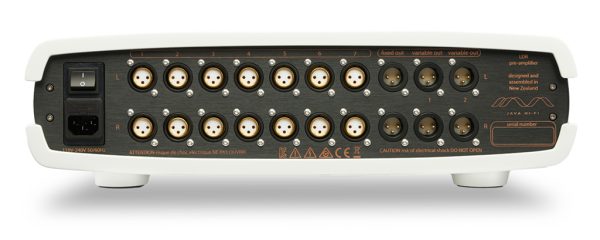
It looks super stylish. It has several different faceplate and casework options, so it should look great in any décor.
From $5995 (finish dependant)
Please click here to read our in-depth review for those wanting more info.
The Ayre Acoustics C-5xeMP plays it all
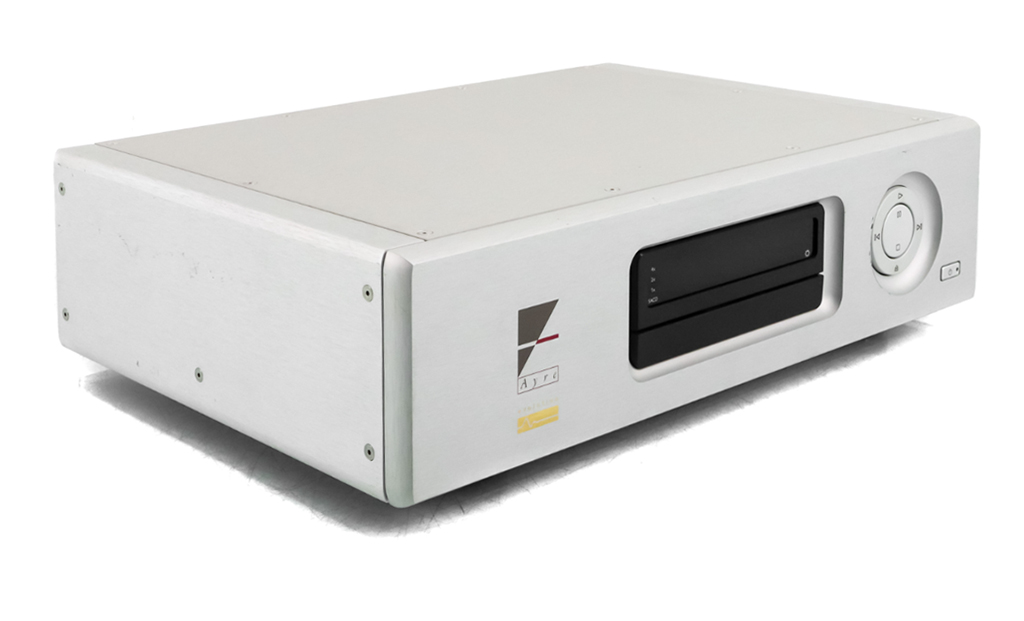
Now that it’s official that the CD is making a bit of a comeback, TMR has an incredible selection of slightly used players from OPPO (!!) under a thousand bucks, all the way to some more serious hardware like an EMM Labs player around $12k.
If you still have a collection of SACDs and DVD-a discs, this player is the droid you need. Not only does it sound fantastic, it plays all shiny disc formats. There are still some decent titles out there on DVD-a to be found and usually at a reasonable price, with so few players left in the field. This one of my personal favorites – and you can pick it up for a fraction of it’s original price. TMR has gone over it (as they do everything) to be sure all is right functionally.
This one has a few little scrapes, hence the great price. With balanced XLR and RCA outputs, you can put it in any system, and there is a digital output as well – it’s a very versatile performer. A recent call to Ayre confirms that they can still service this one down the road. Good to know on a digital player.
Please click HERE to purchase.
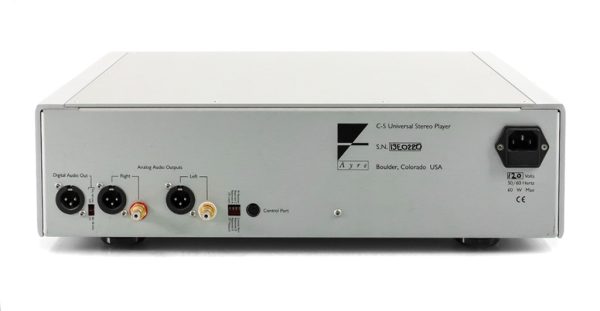
The Focal Sopra no.3
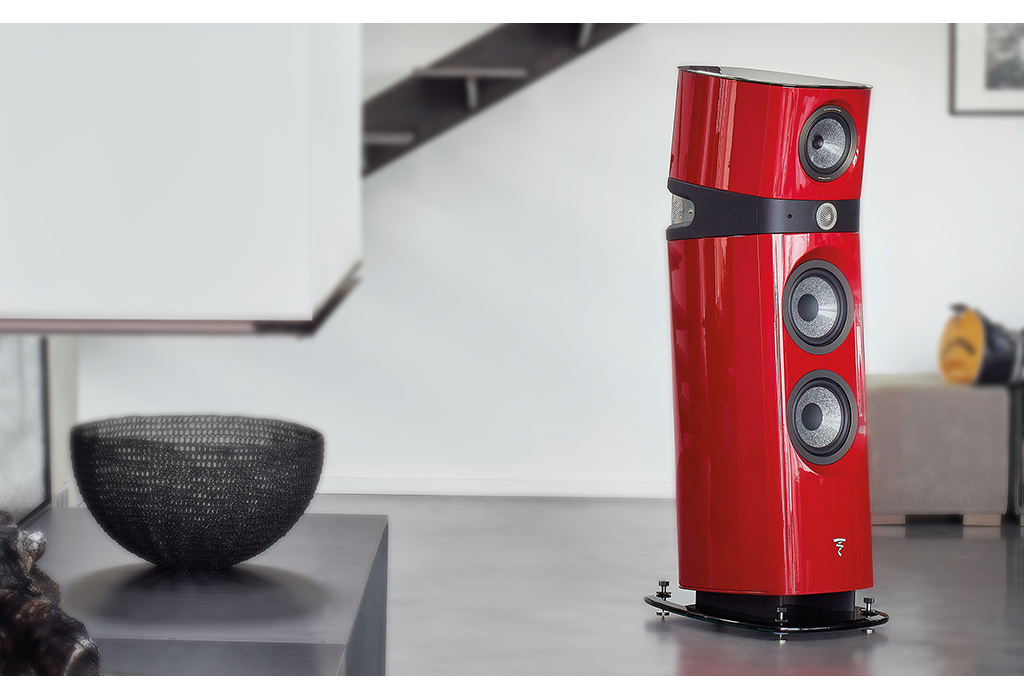
Here’s your chance to get a huge helping of what the big Focal Utopias deliver at a fraction of the price.
With price increases over the last couple years and the tariffs looming, this is your chance to get a gently used pair of Sopra 3’s for a fraction of a new pair. And they are red. Remember, Sammy Hagar said “Green ain’t me compared to red.”
The Sopra no.3 takes full advantage of Utopia technology in a more modest sized cabinet (though still about 150 lb. each!) These sexy French floorstanders go all the way down to 26Hz – more than enough to capture the lowest bass notes, regardless of your musical tastes, thanks to a pair of 8-inch woofers and a floor-facing vent. This also makes the Sopra no.3 that much easier to place in your listening environment.
These speakers feature a 91.5 sensitivity rating, so anything above 35 watts per channel will drive them, and from hands-on experience, they are very tube friendly.
A bit of time at a friends’ house listening to the Sopra no. 3 for the better part of a day led me to revisit my review, written some time ago, when the bright orange Sopra no.3 graced our cover, and became my personal reference for a few years. Staffer Earle Blanton still uses his Sopra no.3’s as his reference, along with a pair of REL 212SX subwoofers. A formidable combination.
Here’s a link to our updated review:
https://tonepublications2.com/project/revisiting-the-focal-sopra-no-3/
MartinLogan Summit X ESL Speakers
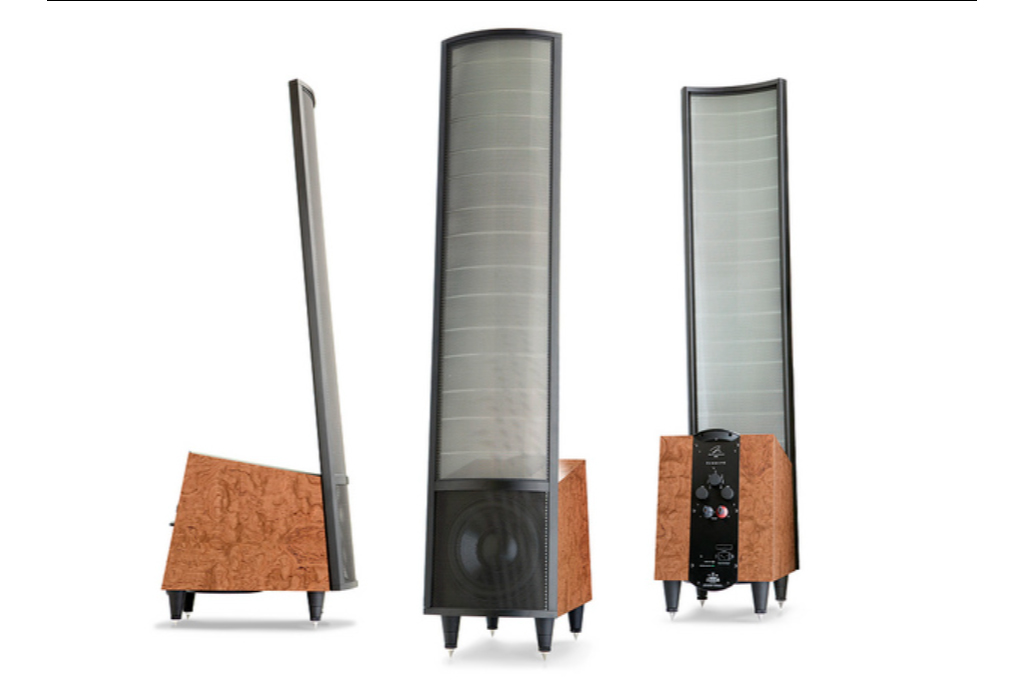
For a few years, MartinLogan’s Summit was their flagship speaker, and it received worldwide praise. At the beginning of 2009, MartinLogan combined what they’d learned building the new flagship CLX full-range electrostatic speaker system and the Spire hybrid to arrive at the Summit X. Just like the Summit, it features a pair of powered 10-inch woofers, one facing toward you and the other firing toward the floor.
Though it looks similar to the original, the Summit X is an entirely different product. MartinLogan’s Devin Zell tells me, “We scrapped the CAD drawings for Summit X. The panel is new, the woofers are new, and the crossover is new.” ML also adds cool light-blue lights that fire from underneath, giving the speakers a glowy feeling in your room. “We just did that for fun,” Zell laughed on the phone as we discussed the added bling.
This may not be your bag if you prefer listening in complete darkness. But put me on the list of people who like it. I’d like it even more if they could only make them glow lime green to match the LEDs on my Naim and Burmester gear. One handy addition to the lighting is the added LED that lights up the 25 and 50hz settings on the woofer modules and works quite nicely. This makes fine adjustment on the speaker easier than it was with the standard Summit. And yes, you can shut it all off, which should keep all the mole men in the audience happy.
The Subtle and Not-So-Subtle Differences
For those of you not familiar with the MartinLogan product line, the Summit X has a rated frequency response of 24-23,000 Hz (+/- 3 db) comprised of an electrostatic panel mated to a pair of powered 10-inch aluminum coned woofers at a crossover frequency of 270hz. It also features a pair of bass level controls at 25 and 50Hz, making the Summit X easy to adapt to your room. The specs are identical to the original Summit it replaces on paper.
MartinLogan finished the production run of the Summit in 2008, and the Summit X became available in the spring of 2009. The Summit X carried a price increase of $3,000 over the Summit. Despite rumors that the Summit would be upgradeable to X status, this was not the case by the final release of the new speaker. Quite a few people at MartinLogan anguished over this, but by the time the design on the Summit X was finalized, there were too many physical changes in the new speaker to make the upgrade possible and cost effective for the customer as well as ML.
Where the last version of the Summit started at $10,995, the Summit X’s base price is $13,995. As in the past, a wide range of custom finishes is available through the MartinLogan custom shop.
Straightforward setup with care
The enclosed manual with the Summit X helps you set them up in short order. Legacy MartinLogan owners probably don’t need much input from me, and many of you have your own theory on how you like your Logans set up. Personally, I like ’em as far away from the side walls as possible.
While this is not convenient for everyone, the further you can get these babies from the side wall, the greater reward in soundstage width. The Summit X worked much better on the short wall (16 feet) of my studio than my reference CLX’s, when on the long wall (24 feet). With each speaker about seven feet from the side walls, they really opened up. If you can’t achieve this in your listening room, some modest room treatment just behind the panel and about two feet in front of the panel on the side wall helps tremendously.
Again, this is optional but well worth it if possible: get everything out from between your speakers. Because they radiate from the front and back, the stereo image really suffers with a big rack of gear and giant flat-screen TV between the Summit X—or any other panel speaker, for that matter.
The final listening position had the speakers just over nine feet apart, with the front surface of the panel 42 inches from the rear wall, slightly toed-in. This puts ear-to-speaker distance just shy of 10 feet. Consider purchasing at least a Radio Shack sound-level meter and a test tone disc to fully adjust the 25hz and 50hz controls on the back. Careful positioning will help smooth out the bass response of the Summit X giving you their maximum drive.
Identical to the last three MartinLogan Hybrid speakers I’ve used, the Summit X requires about 200-300 hours before sounding its best and achieving the maximum amount of integration between the dynamic woofers and the electrostatic panel. When you first fire them up out of the shipping cartons, the bass will sound somewhat slow and bloated, no matter where you have the woofer controls set. The biggest improvement will be in the first 100 hours, with incremental smoothness happening thereafter.
Not as sensitive to placement as the CLX, the Summit still benefits from careful adjustment. Once you have the speakers where you feel is the proper place, use your measuring devices of choice to get them identically placed from the rear wall in terms of toe-in and rake. If you can get each speaker within one-quarter to one-half inch of the other, this will help the image size and focus. Thanks to longer spikes than the Summit, the Summit X offers a wider range of adjustment on the speaker rake, making them easier to adapt to your listening position. If you like your seating position further back, angle the speakers backwards more. If you like to sit closer, you can now angle these speakers from 11 degrees to -1 degree.
The sound
All of the top-range MartinLogan electrostatic speakers share a similar sound; big, open, airy and very dynamic. As mentioned in the original Summit review, this is an electrostat on which you can play Metallica if you have enough clean amplifier power. They are not as dynamic as a pair of Wilson Maxx 3s or large horns, but the slice of musical heaven these speakers offer cannot be had by cone speakers.
The Summit X continues this tradition and improves on all of the Summit’s strengths with no downside (other than the increased price). Even though the frequency response specs are the same, this is a much improved speaker, primarily in the quality of the bass response and the integration of the cone drivers.
MartinLogan calls it “Controlled Dispersion PoweredForceTM Bass” (Say that ten times as fast as you can). You can read the full technical details on their website at:
http://www.us.martinlogan.com/speaker_details/summit_x.html
The bottom line: it works very well. While the Summit X comes up a bit short in comparison to the flagship CLX in terms of upper bass speed and articulation, it takes hybrid speaker design to a new plateau.
Regardless of music you like to listen to, the Summit X will deliver the goods. The main strength of the Summit X is that it throws a huge soundfield in all directions, giving the listener a very immersive experience. This is the MartinLogan magic at its best. You will love them, or they will not be your cup of tea.
Thanks to that low 270Hz crossover point, the panel reproduces most of the music, and this coherency is what gives the Summit X its appeal. Male and female vocals are both reproduced exquisitely, and the speaker does an amazing job of disappearing in the room for its size.
When the low-frequency controls are properly adjusted, the Summit X has a substantial amount of deep, controlled bass that should satisfy 98 percent of its owners. If you listen to a lot of pipe-organ music or club music with a lot of deep bass and the 24Hz cutoff of the Summit X is not enough, you can add one or two Descent i subwoofers. When adding the Descent i to the system and, letting the Summit Xs run full range and crossing over the Descent at 35Hz, I was getting solid, wall-shaking output when playing the 20Hz test tone on the Stereophile Test Disc.
The Burning questions
Analysis paralysis is setting in but people want answers. I’m going to put my head on the chopping block. The Summit X is definitely an improvement over the original Summit and definitely worth $3,000 more than the earlier model. Listening to them side by side in the same system, the X model does a better job at bass integration with the panel. Thanks to the dual woofers, it should not need a subwoofer except for all but the most demanding applications, or for heavy-duty home-theater systems.
Just like the Spire, the midrange in the Summit X is slightly less colored than that in the original Summit, though you don’t notice it until you hear both side by side. The Summit X also edges out the Summit in terms of low-level detail retrieval and microdynamics. Cymbals and percussion instruments fade out with longer gradations than they did before, and very dense musical pieces are unraveled more easily. Both versions can play equally loud without fatigue, so this is an evolutionary upgrade.
This builds on the strength of the original Summit – the Summit X is a highly resolving speaker that can be used to judge source components costing considerably more. While $13,995 is not a budget loudspeaker, the Summit X holds its own in a six-figure system.
Tubes or transistors?
The other big question with the Summit X is what to drive them with, and there is a fairly wide range of discussion on this topic. Many people swear by “tubes and stats,” and I used to use my CLS’s with the legendary Audio Research D-79. But the current MartinLogan speakers dip to .7 ohms at 20khz, so if you have a tube power amplifier, audition with your amplifier before buying the Summit X, even if it means lugging your amp to your MartinLogan dealer.
The tube amplifiers with which I’ve achieved the best results with current MartinLogan speakers have been the BAT VK-55SE and PrimaLuna Dialog Monoblocks. Even though these are medium-powered amplifiers in the 50-60 watt per channel range, they offer low-output impedance taps, which improve the power transfer to these speakers. The Manley 250 monoblocks are another, albeit higher-powered amplifier that mates well with the MLs.
Mating tubes with the Summit X is a case-by-case situation. You’ll know when it’s wrong immediately. If your favorite tube amp doesn’t have the juice, the speakers that sounded great at the dealer will sound like they have blankets over them in your listening room. Don’t say I didn’t warn you. Though these speakers have a fairly high sensitivity rating of 91db/1-watt, the more clean power you can throw at them, the better. The bigger amps offer more dynamic contrast.
A worthy successor
The Summit X is the Charles Barkley of loudspeakers. It plays better than it will probably ever get credit for and it would have been a superstar if Michael Jordan (the CLX) hadn’t come along at about the same time. But it’s still able to mop up everyone else on the court. Well, I can’t compare speakers to cars all the time, can I?
The good news is that the Summit X is about $10,000 less than the CLX, it has a lot more flexibility and it doesn’t require a pair of subwoofers to really give its all. It is a better value for all but the most demanding listener. The Summit was one of my favorite speakers of all time, and the new Summit X is even better. Properly setup with electronics to match, these speakers will paint a huge musical canvas for you to enjoy.
If you currently have the Summit, I’m guessing you will probably pass on the upgrade unless you can easily absorb the price difference. For those new to MartinLogan or trading up from further down the range, it is truly a fantastic speaker and a very worthy competitor in its price range.
The Audeze LCD-X is a great planar headphone
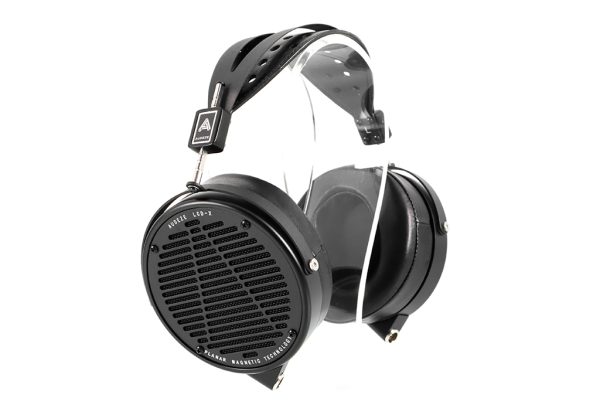
About a decade ago, Audeze hit the scene with their original LCD-2 headphones that used planar magnetic technology. It was an instant success.
Up till then, the highest performance you could attain in the world of headphones was with electrostatic designs. These were bigger, bulkier, and above all much more costly, because they had to come with a power supply to keep those tiny ESL membranes charged. Just like a pair of Quads or MartinLogans.
While the Audeze phones are somewhat on the large side, they do manage to keep the weight down, and are always a comfy fit – even for long term listening sessions. The LCD-X here at TMR is a great buy at $899, with all the accessories and carrying case.
I still use a pair of Audeze LCD-2s and the LCD-X is a bit more resolving, yet still has that unmistakable clarity that comes with this brand. Also – they are extremely easy to drive, so whether you have an older iPad, a dCS LINA, or anything inbetween the LCD-X is a winner.
They provide a massive soundstage, delicate, defined highs, and extremely detailed bass. It’s almost like wearing a pair of Magnepans on your head! Well, that’s kinda what you are doing. This is an easy sound to get hooked on, whether you are a panel speaker fan or not.
Just click here to purchase.
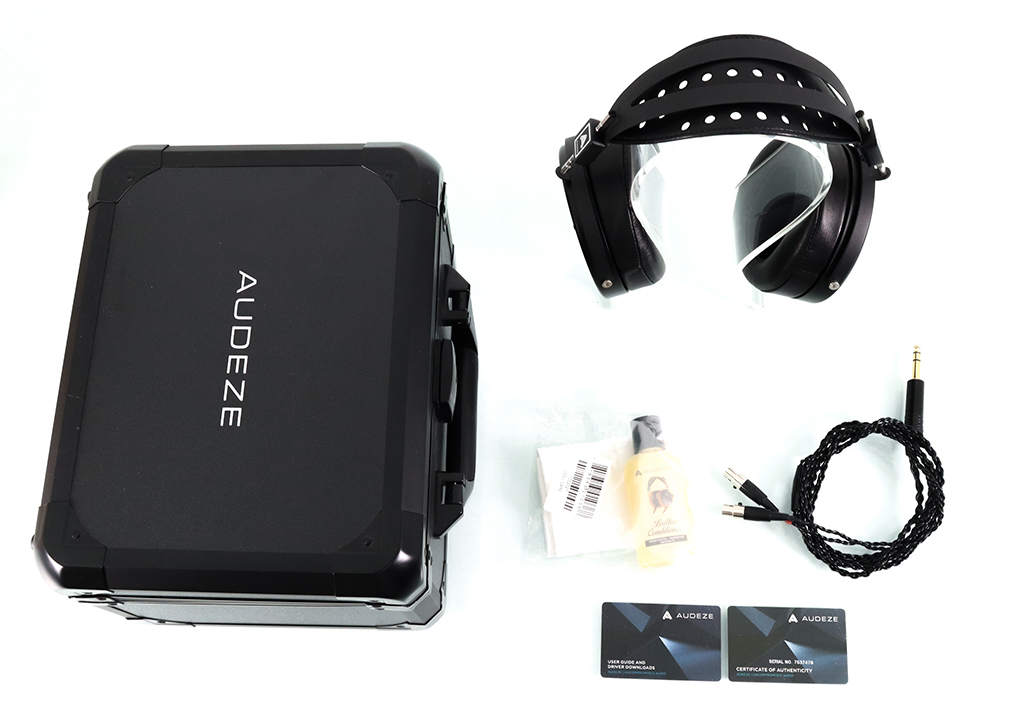
The Vera-Fi Caldera 12 Subwoofer
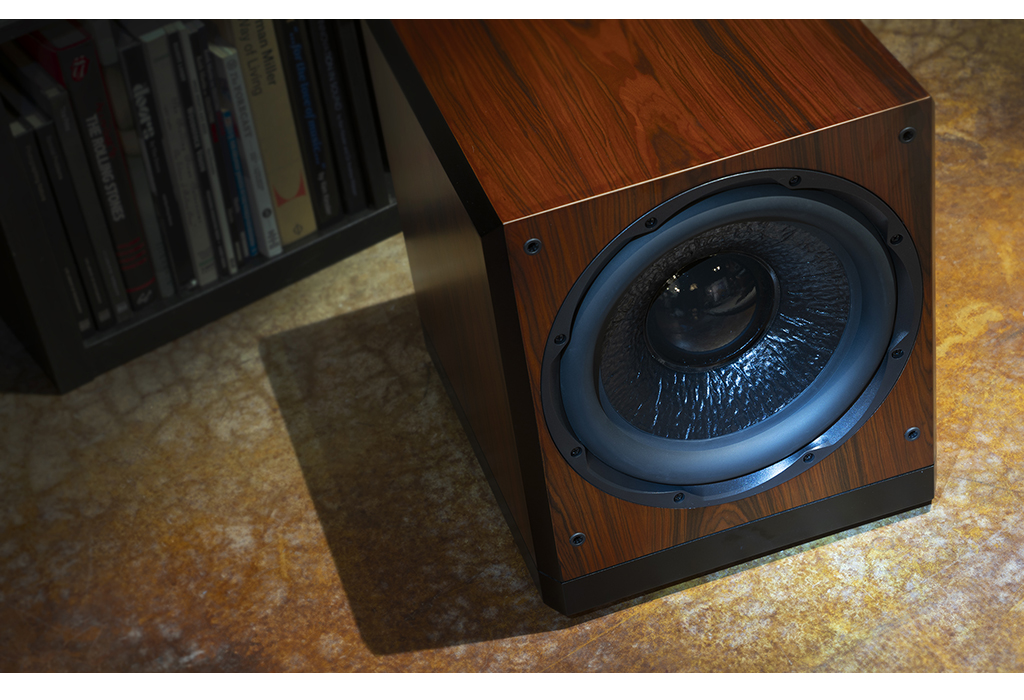
Digging right in with the Caldera 12 and driving it down the rough road with a long playlist of Stanley Clark, Jaco Pastorius, and Tool tracks (but not “Chocolate Chip Trip,” because that is becoming the metal version of “Keith Don’t Go”) reveals it has what it takes to get the job done.
Veri-Fi principal Mark Schifter has been in this industry for a long time, and he’s always had a handle on what’s really important. The casework on the Caldera 12 is nice but not elaborate (i.e., overly expensive). Functionality is simple, functional, and practical. There are no microprocessor controls, apps, or DSP. Packaging is simple but effective, and it only comes in one color, a tasteful rosewood veneer with black edgework.
The Caldera 12 demands that you take a little time to fiddle with the level controls and the crossover setting manually. The extra effort rewards you with much better audio performance than is usually possible at this price. The fact that all Vera-fi products are manufacturer-direct strips another level of margin from the MSRP.
This isn’t mind-blowing, game-changing, destroying of other things costing ten times as much. It’s math. Fewer people in the chain and on the payroll means savings to the consumer. It’s kind of like a golf handicap. So, to level the playing field, you’d have to compare the Caldera 12 to something from KEF, B & W, or the like in the $1,000 (or a bit more) range to make it fair. In that context, based on sonics, the Caldera more than delivers the goods.
Setup
At 20 x 20 x 20 inches and weighing in at 44 pounds, you may or may not need help moving your Caldera 12 around. The 12-inch driver utilizes a treated paper cone with a rubber surround, and VF claims a -3dB point of 22 Hz. The Caldera 12 is a slotted design, so you have a few more placement options than a ported sub. A 500-watt class-D amplifier keeps the bass rumbling, and in my listening tests, I could not bottom out the driver. Even with the opening heartbeat in Pink Floyd’s “Dark Side of The Moon.” Running a series of test tones with the Caldera in my living room (in corner placement) confirms that 20 Hz tones are reproduced with authority.
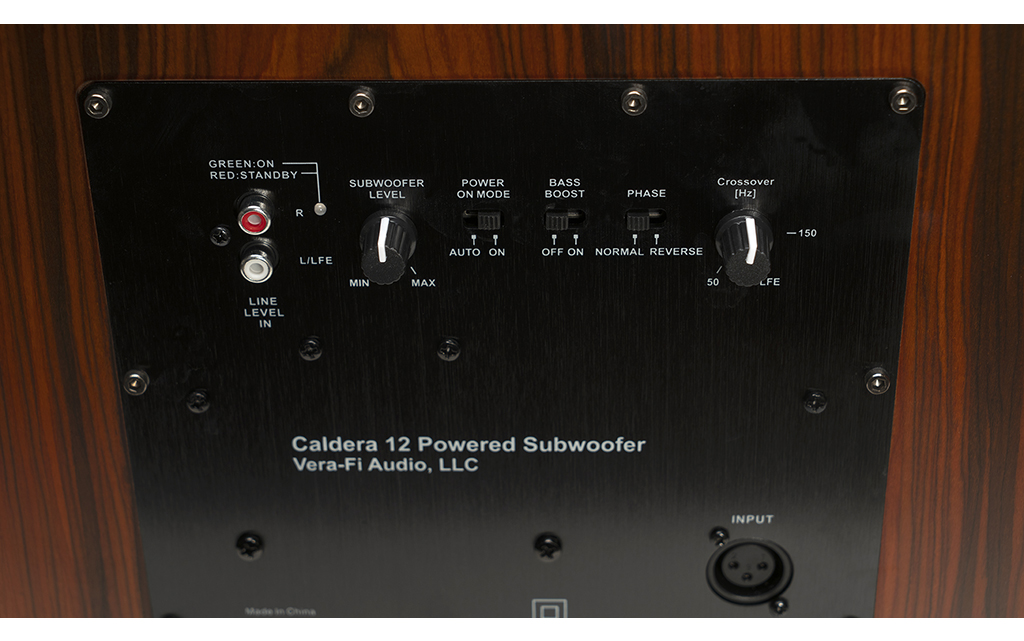
As my living room is 13 x 18 feet, but it “sees” the adjoining kitchen, dining room, and hallway to the back of the house, it’s easy to integrate this sub with a number of the main speakers that I tried it with. Much fun as it was with a handful of mini-monitors from Vera-Fi, SVS, Dynaudio, and YG – it was more than fun (what is that?) with a pair of vintage Acoustat 1+1 ESL speakers. I wish I had this sub in the 80s when I had these speakers the first time.
Placement and fine-tuning
The Caldera 12 has the standard controls for level, crossover frequency, and normal/reverse phase. A pair of RCA jacks is available for line-level connection. If you are using this in a theater system, the left channel can be used for LFE. When doing so, the crossover frequency control must also be set to the LFE position.
There is also a control for bass boost, which might be too much for most of you. However, if you have to place your sub in the middle of the room or a huge room and you just aren’t feeling it, this offers a gentle nudge in the lowest frequencies. As I did not use the Caldera 12 in a theater arrangement, this also may deliver a bit of that exaggerated bass response that movie people seem to love.
Using the Caldera 12 in the corner of the room, allowing the sub to see the longest amount of floor, proved best. With the mini-monitors, the crossover tended to land in the 50-70 Hz range, and with the panels, all the way down to 50. The only complaint about the Caldera 12 is it would be handy and easier to mate this sub with a broader range of speakers if that crossover control went down to 35 or 40 Hz. With a pair of these, you could easily mate them up with something larger.
Should you have to do a center placement with a single Caldera 12, try to situate it somewhat off-center, or you may get a bass bump somewhere between 40 and 70 Hz. Again, break out those test tones and check for integration.
Nearly all the complaints I’ve heard over the years with subwoofers not mating properly with the main speakers is a result of crossing them over too high. Start with the crossover frequency all the way down at 50, and work your way up slowly. Experience has shown a lower crossover frequency setting, and a bit higher output goes a long way in seamlessly mating the sub to the mains. Find a way to get some test tones, and check this out for yourself. Running tones at 20 to about 100 Hz in 10 Hz increments, you can fine-tune the smoothness between sub and mains so there are no anomalies. More often than not, it’s the setup, not the sub.
More listening
Out in the main listening room, which is 24 x 36 feet, a pair of Caldera 12s would make a fantastic addition to my JBL Classic 100s, the Wharfedale Super Lintons, and the Wharfedale Dovedales. Room corner placement is the rule again, but in the larger room, with a pair, I was able to move them out a few more inches than the tight quarters in my living room allow.
A wide range of music, from heavy rock to hip hop, reveals that the Caldera 12 has no problems “keeping up with the mains,” and low-frequency notes have great speed and definition. These are definitely not one-note bass subwoofers.
When everything is correctly set up, you will notice more depth and definition in your system’s presentation. Shutting the sub off should shrink the size of your soundstage, even when playing material that is not bass-heavy – that’s the ultimate test of your setup skills.
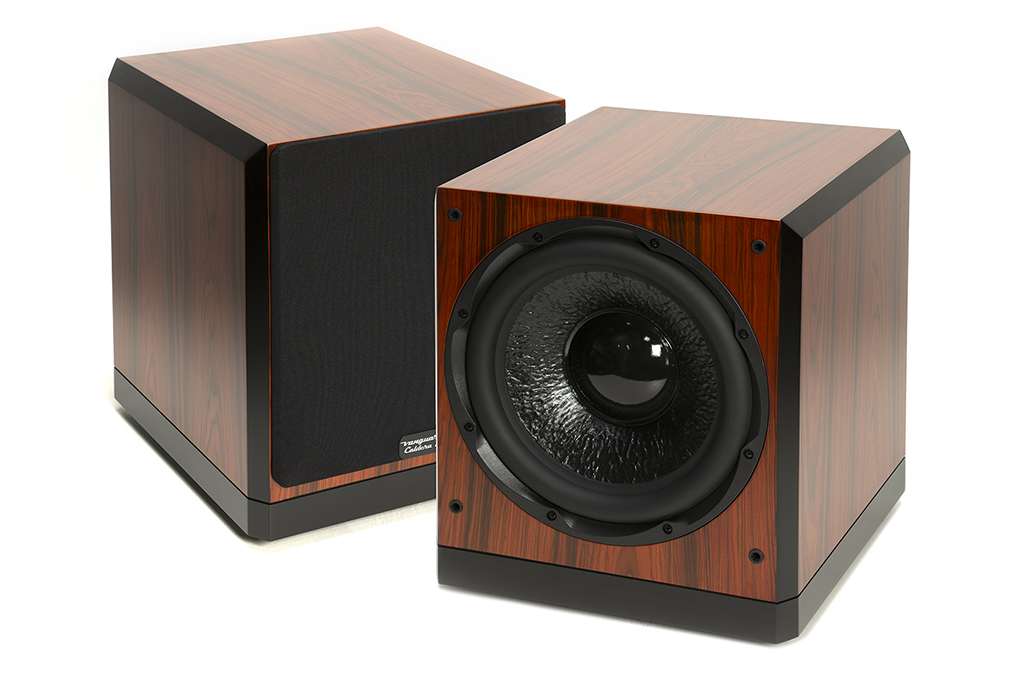
An excellent value
Thanks to the reasons mentioned at the beginning of this review, the Caldera 12 is a solidly designed, well-performing sub. It’s an honest product, delivering financial and sonic value well above the asking price. #toneaudioapproved, and a worthy Exceptional Value Award winner.
If you are a music lover seeking to reproduce that lower register in a way that your main speakers just can’t, the Caldera 12 subs will make a fantastic addition to your system and musical enjoyment. Once you have them (and I suggest a pair, if you can), you’ll never go back to not having a great subwoofer in your system.
$399 ea (for now, because…)
www.verafiaudiollc.com
Issue 123
Cover Story:
Awards!

Old School: The Focal XS Desktop system
Audiophile Apartment: The SVS Ultra Evolution Tower
Review: The Finale 300B EVO Integrated Amplifier
Review: The Voodoo Labs Witchcraft™ cables
Review: The Luxman D-07x DAC
Cover Review:
The Clarisys Auditorium Plus SpeakersMusic
MINE – It Should Be Yours:
Assorted fun things we think you’d like
Music
Playlists: We share our readers choices from around the world
Future Tense
Gear in our immediate future
New Carbon Series from Java Hi-Fi
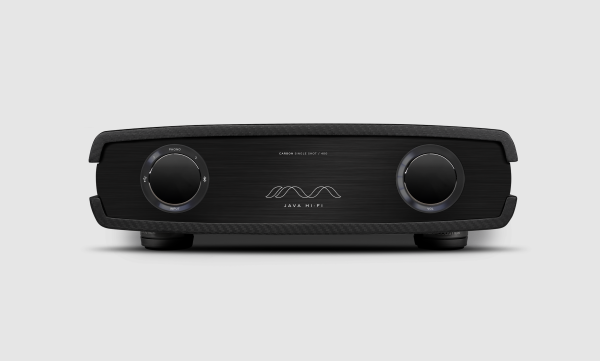
New Zealand high-end audio manufacturer, JAVA Hi-Fi, is introducing six new models to its award-winning amplifier range in the coming months. Additionally, from May it will be updating its Single Shot and Double Shot LDR GaN FET integrated amplifiers with a new high-performance R2R ladder DAC.
JAVA Hi-Fi Founder and CEO Martin Bell says its CARBON edition integrated amplifiers have become the best-selling products in its line-up, even though they only launched in January 2024. The global interest from customers prompted JAVA to look at how it could apply this material to other products.
“A number of customers have asked whether we were planning to produce a CARBON version of our pre-amplifiers and power amplifiers. They spoke and we listened!”, says Bell.
Like the CARBON editions of the integrated amplifiers, the JAVA CARBON pre-amplifiers and power amplifiers feature several notable innovations that elevate the JAVA listening experience to new heights. These include:
- Carbon fibre outer casework (9mm thick) for superior vibration damping and to mitigate the influence of RFI and EMI on circuitry
- ETI Research Silver RCA connectors
- ETI Research Kryo speaker binding posts (both models of GaN FET Power Amplifier)
- Revised and upgraded circuit design on both models of the LDR Pre-Amplifier
- IsoAcoustics Gaia IV feet for improved vibration isolation of circuit boards and other internal components
The new models are an extension of JAVA’s current amplifier range and will include:
- JAVA CARBON Single Shot LDR Pre-Amplifier (MSRP US$8,495)
- JAVA CARBON Double Shot LDR Pre-Amplifier (MSRP US$8,995)
- JAVA CARBON Single Shot GaN FET Power Amplifier (MSRP US$9,995)
- JAVA CARBON Double Shot GaN FET Power Amplifier (MSRP US$11,995)
The CARBON editions of the pre-amplifier and power amplifier will begin shipping in June this year.
Range Expansion
Also new from JAVA Hi-Fi are several additions to its integrated amplifier range.
The JAVA Single Shot 400 doubles the power of the current Single Shot integrated amplifier from 200W/8ohms to 400W/8ohms. Meanwhile the Double Shot 200 keeps the fully-balanced configuration of the Double Shot integrated, but delivers 200W/8ohms (compared to 400W/8ohms for the existing Double Shot) at a lower price point.
Pricing for the expanded 8-strong integrated amplifier starts at US$8,995 for the JAVA Single Shot 200 and is rounded out by the flagship JAVA CARBON Double Shot 400 at US$16,995.
“These new models plug an important gap in our amplifier range and provide customers with the ultimate flexibility in terms of input options, power and price”, says Bell.
The other notable feature of the refreshed integrated amplifier range is a new high-performance R2R ladder DAC driven by its own dedicated linear power regulator.
Replacing the current Burr-Brown-based DAC, the new USB DAC features dual AD1865 chips from Analog Devices. These 18-bit non-oversampling chips can play files up to 768kHz and are renowned for their natural, organic and non-fatiguing sound. Digital glare, begone!
MSB adjustment is handled natively on the AD1865 DAC, fine-tuning the most significant bit (MSB) to improve the DAC’s linearity, particularly around the zero-crossing point. This ensures smooth transitions and allows any residual distortion error to be eliminated.The Double Shot models feature a dedicated DAC board for each channel in a fully balanced configuration to eliminate cross-talk and further improve measured performance.
The complete integrated amplifier line-up comprises:
- JAVA Single Shot 200 (MSRP from US$8,995 in standard finishes)
- JAVA Double Shot 200 (MSRP from US$9,995 in standard finishes)
- JAVA Single Shot 400 (MSRP from US$11,995 in standard finishes)
- JAVA Double Shot 400 (MSRP from US$12,995 in standard finishes)
- JAVA CARBON Single Shot 200 (MSRP US$12,995)
- JAVA CARBON Double Shot 200 (MSRP US$13,995)
- JAVA CARBON Single Shot 400 (MSRP US$15,995)
- JAVA CARBON Double Shot 400 (MSRP US$16,995)
The new and updated models began shipping in May.
The FX-Audio L-07 Integrated Amplifier
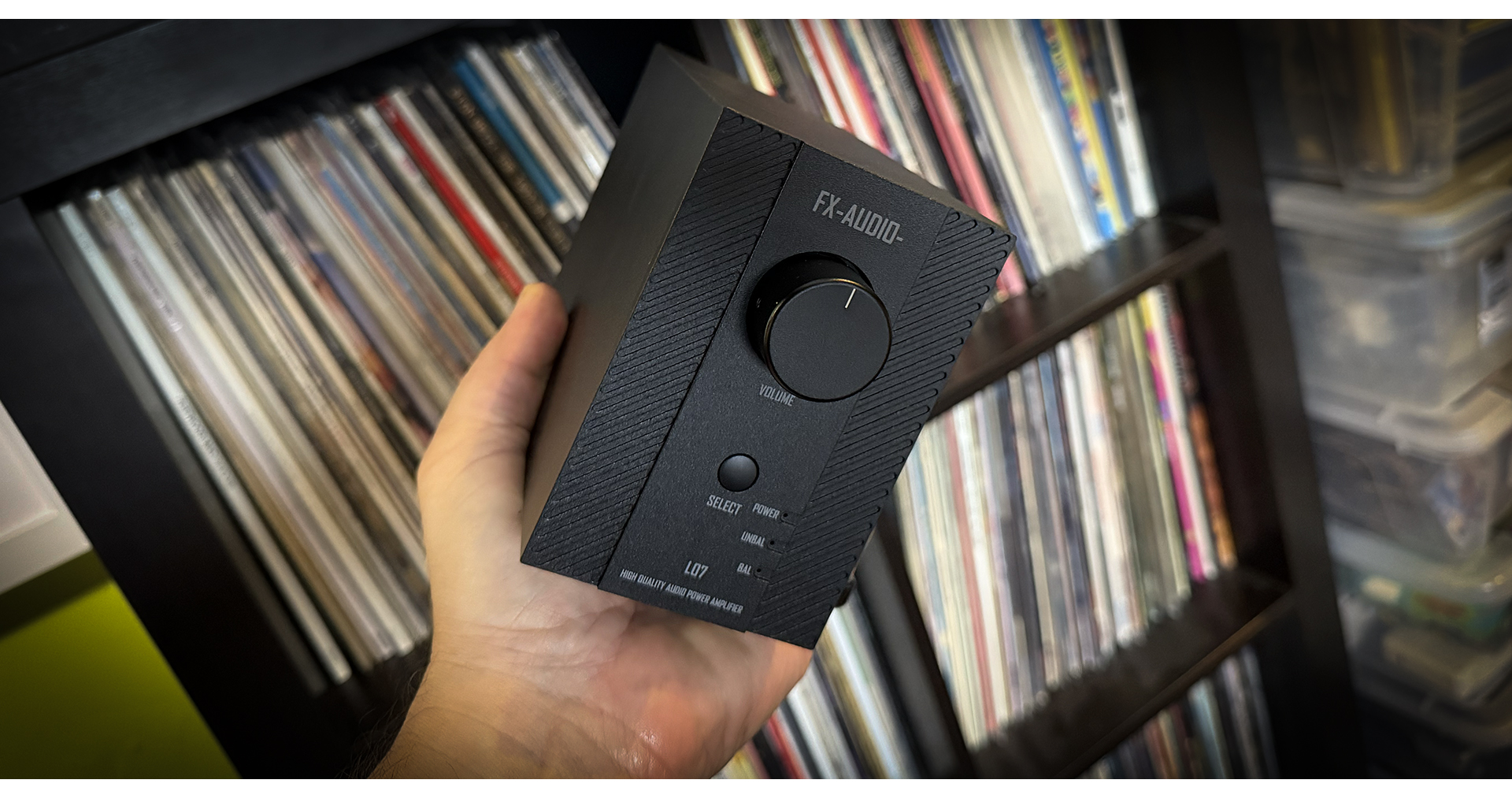
$200 for a 200-watt per channel integrated? That you can hold in the palm of your hand? Really? And it will drive a pair of Magnepans? You bet.
I was really excited about the FX-Audio DS-07 DAC/PRE. We’ve just finished up a Distilled “first look,” and I have listened to both of these enough to give them a Product of the Year award in the upcoming issue.
The L-07 checks off more than the normal number of boxes for an entry-level component. It sounds great, looks great, and is easy to use. It’s easy to get carried away with mega-expensive gear, but what so many of us forget is that we all started our audio journey considerably further down the food chain. I know I did.
This amplifier is a model of design and engineering efficiency. It’s class-D, so the sound is more neutral than warm, but that’s a great place to start. With plenty of power to spare, you should be able to use any speakers with it and get great results – as I mentioned, it drives my Magnepan 2.7X speakers just fine. While you probably won’t pair this amp up with a $10k pair of Magnepans, you might pair it up with a nice pair of used $1,200 Magnepans and have a very musical system.
With one balanced and one unbalanced input, it’s easy to connect a phono preamplifier and your favorite DAC (or the great L-07). It also proved to be a great match for my vintage ESS AMT-1b’s out in the garage system. Bass is tight and controlled, and the highs are reasonably smooth. The amplifier also manages to throw a very wide soundstage. We’ll go into further detail and explore some more speaker combinations in the full review.
I love the L-07 because it’s a great place to start your audiophile journey on a reasonable budget. I bought the review samples to keep around as an example of what can truly be accomplished at this level. If you’re a well-heeled audiophile and want to get a friend or a friend’s kid into the game – buy them one of these, and away you go.
$199
szfxaudio.com/
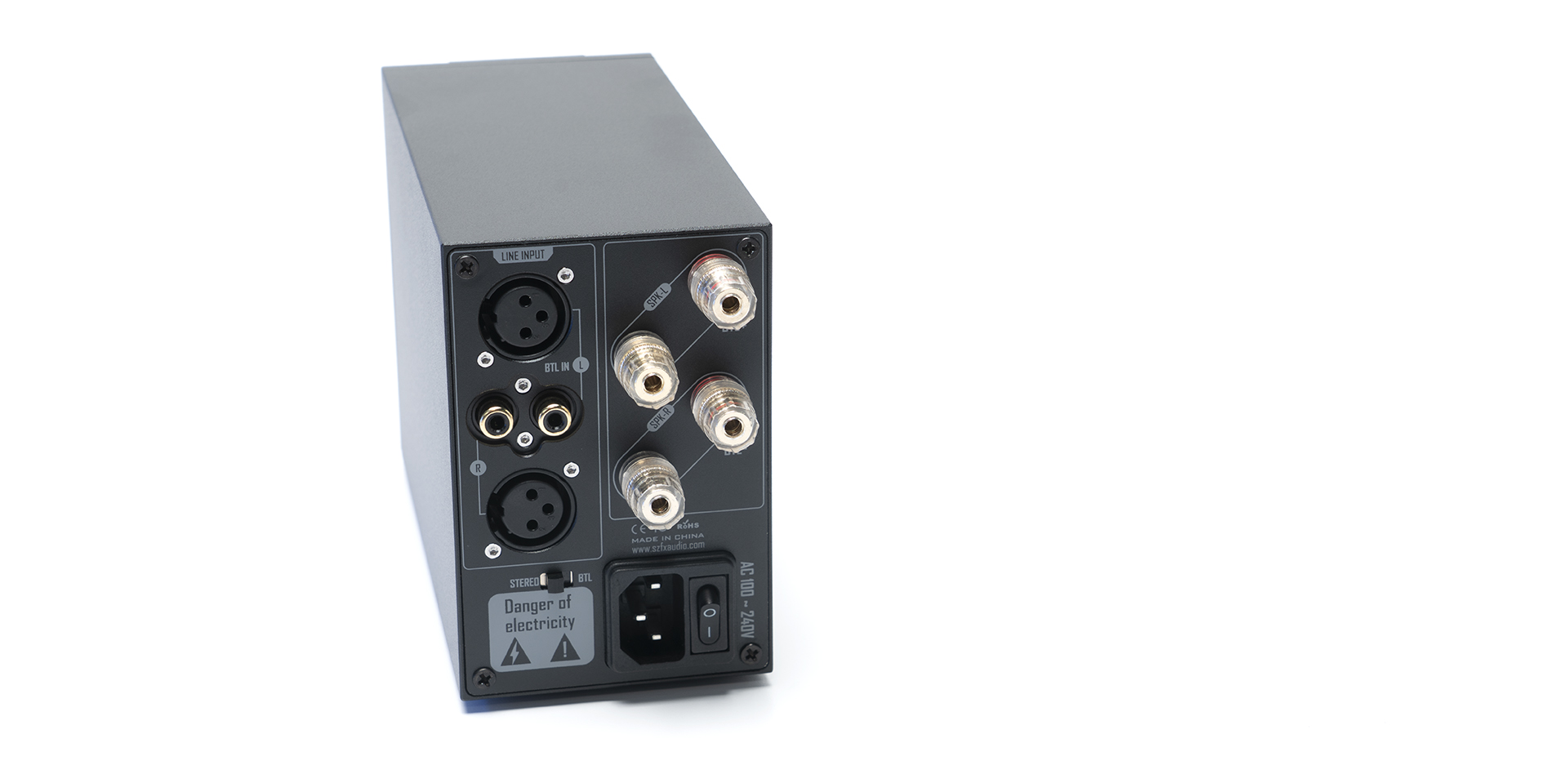
Please note that all TONE and TONE related text and images are copyright © 2005–2025 TONE Magazine and The Audiophile Apartment. The RSS feed provided is for personal, non-commercial use only.
If you are not reading this content in your news aggregator, RSS reader, or direct, then the site you are looking at may be guilty of copyright infringement. If you locate this anywhere, please contact [email protected] so we can take action immediately.




